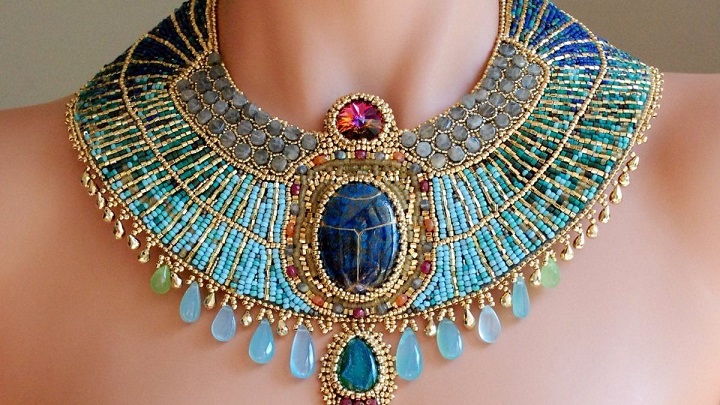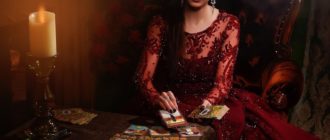In this article, we will clearly show the types of precious stones and tell you what they are.
Contents
- Types of precious stones: Classification
- Precious stones in alphabet on the letter A: description, colors, photos
- Precious stones according to the alphabet on the letter b, c, g: description, colors, photos
- Precious stones according to the alphabet on the letter D, f, h, and: description, colors, photos
- Precious stones according to the alphabet on the letter K, l: description, colors, photos
- Precious stones according to the alphabet on the letter m, n, o, p: description, colors, photos
- Precious stones according to the alphabet on the letter P, C: Description, Colors, photos
- Precious stones according to the alphabet on the letter T, f, x: description, colors, photos
- Precious stones according to the alphabet on the letter C, h, w, me: description, colors, photos
- Video: Classification of jewelry stones
Jewelry made of precious stones is the dream of many women. The thing is that such natural minerals are wear -resistant, resistant to exposure from the outside and to fading. And, of course, incredibly beautiful! Let's try to figure out how they look.
Types of precious stones: Classification
Usually, the harder it gets Gemstones, the more expensive it costs. The cost also depends from the status of deposits, demand and fashion trends. That is, there are several classifications.
We will focus on one of them - classical:
- The first group of precious stones - That is, directly gems, jewelry stones. This, for example, transparent and extremely solid Representatives like emeralds, diamonds, sapphires, rubies, etc. They can have and organic origin - Pearls, for example. The unit of measurement in this case is carat.
- The second group – half -led Options. Their unit of measurement is considered already gram. Such stones can be translucent, completely transparent or color. It can be chrysolite, topaz, turquoise, aquamarine, tourmaline, etc.
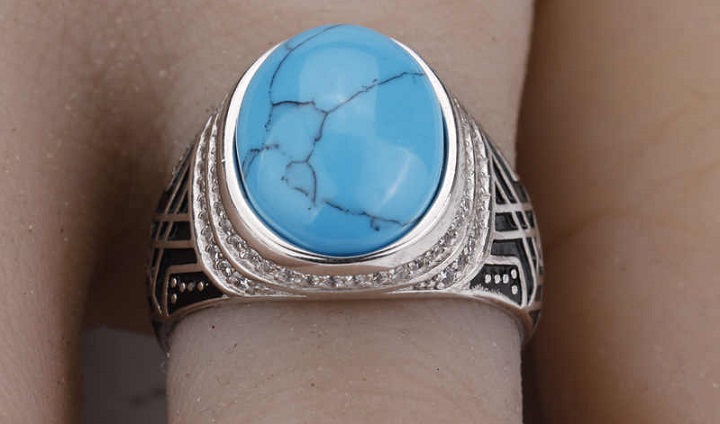
- The third group of precious stones - it is called "Contracting stones". As a rule, this is extremely poorly translucent or completely opaque Minerals. Measured in grams. They are most soft Of all the above categories. However, these stones are striking a variety of shades and natural drawings, Therefore, in jewelry are also often used. This, for example, is a carnelian, onyx, agate, jasper, malachite, etc.
Important: however, any jeweler will tell you that you cannot evaluate the jewelry stone, based only from which of which the categories it belongs to.
Precious stones in alphabet on the letter A: description, colors, photos
Now we will present the attention of the reader every precious stone separately. For convenience, we decided to place them in alphabetical order.
Gems:
Aventurine - In the old days he was called "Golden stone" Thanks to the intersperses that are in it. Usually adventurines blue, green, yellow and even cherry.

Agate - There is a version that the name of the stone is translated from Greek as "happy". It looks amazing - bizarre divorces against the background of various colors of the rainbow.

Azurit - Frescoes of the XV-XVII centuries loved him very much. The fact is that the azurit gives excellent blue hue. The best stone is mined in Namibia - TEMEB field.

Aquamarine - Many love him thanks to a beautiful palette. She includes shades from green to saturated blue spectrum.
Important: as a result of prolonged exposure to sunlight, aquamarine can fade a little.
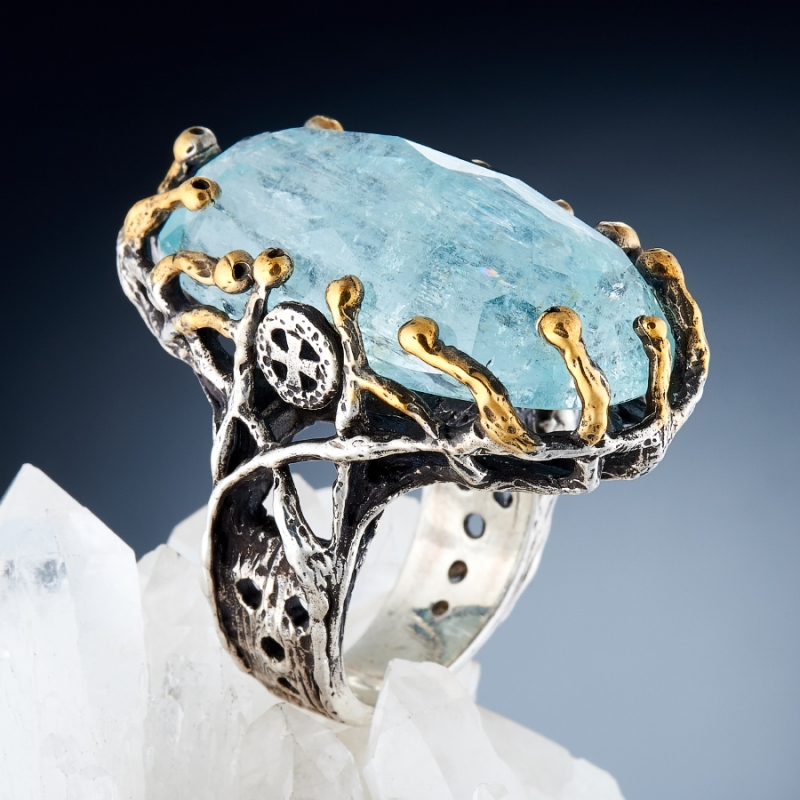
Alexandrite - A stone glorified by amazing change of shades. Green, under the influence of a candle flame, could become bloody red. For a long time it was mined only in the Urals.
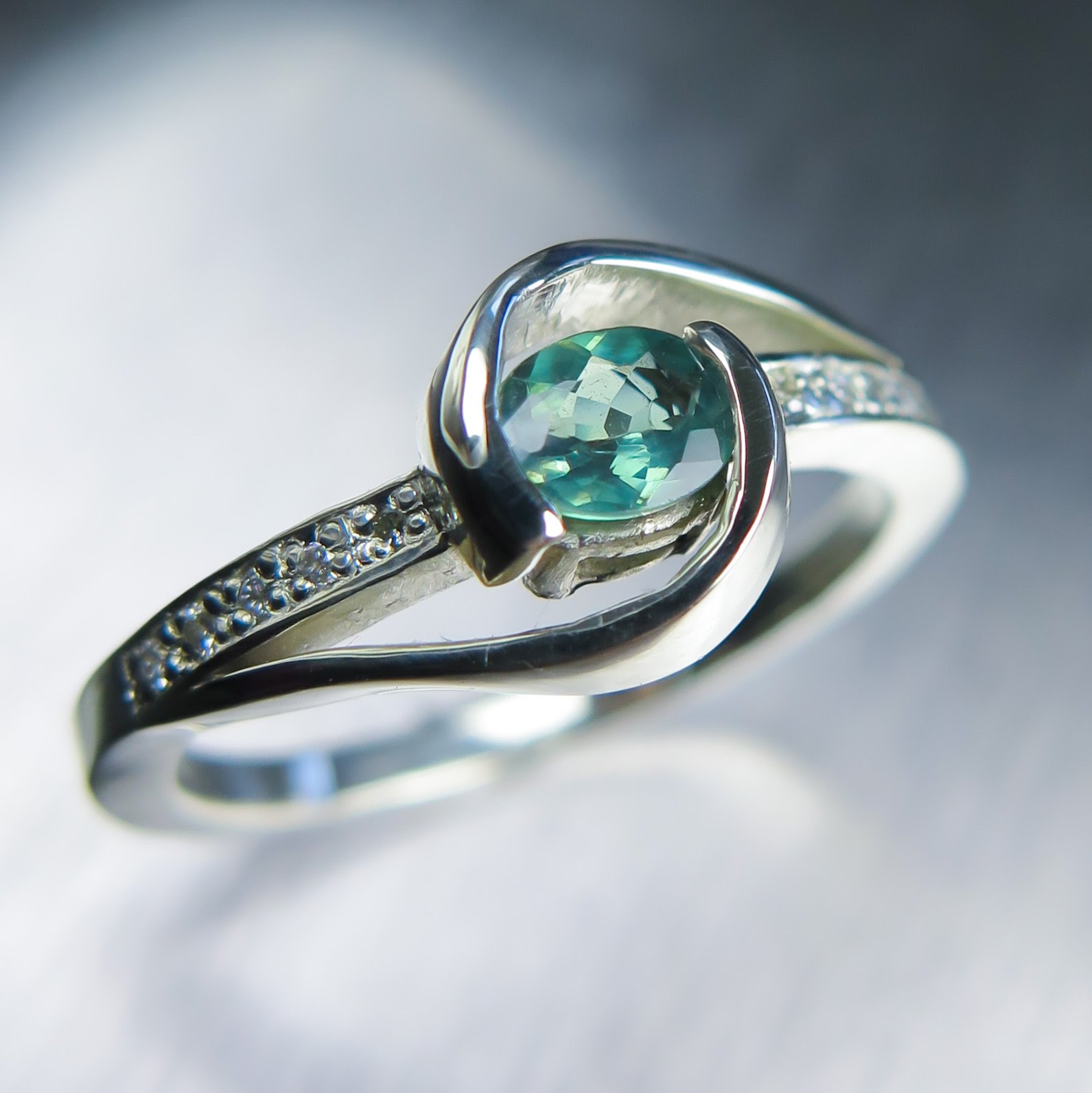
Diamond - This mineral is considered the hardest Of all the existing ones. Another amazing property - glows in the dark. The stone of high -quality cutting emits rays. By the way, it is called him diamond.

Almandin - This is a grenade variety. You can recognize the stone by red shadewhich sometimes has a violet tide. In the stones market Almandin valued extremely high.
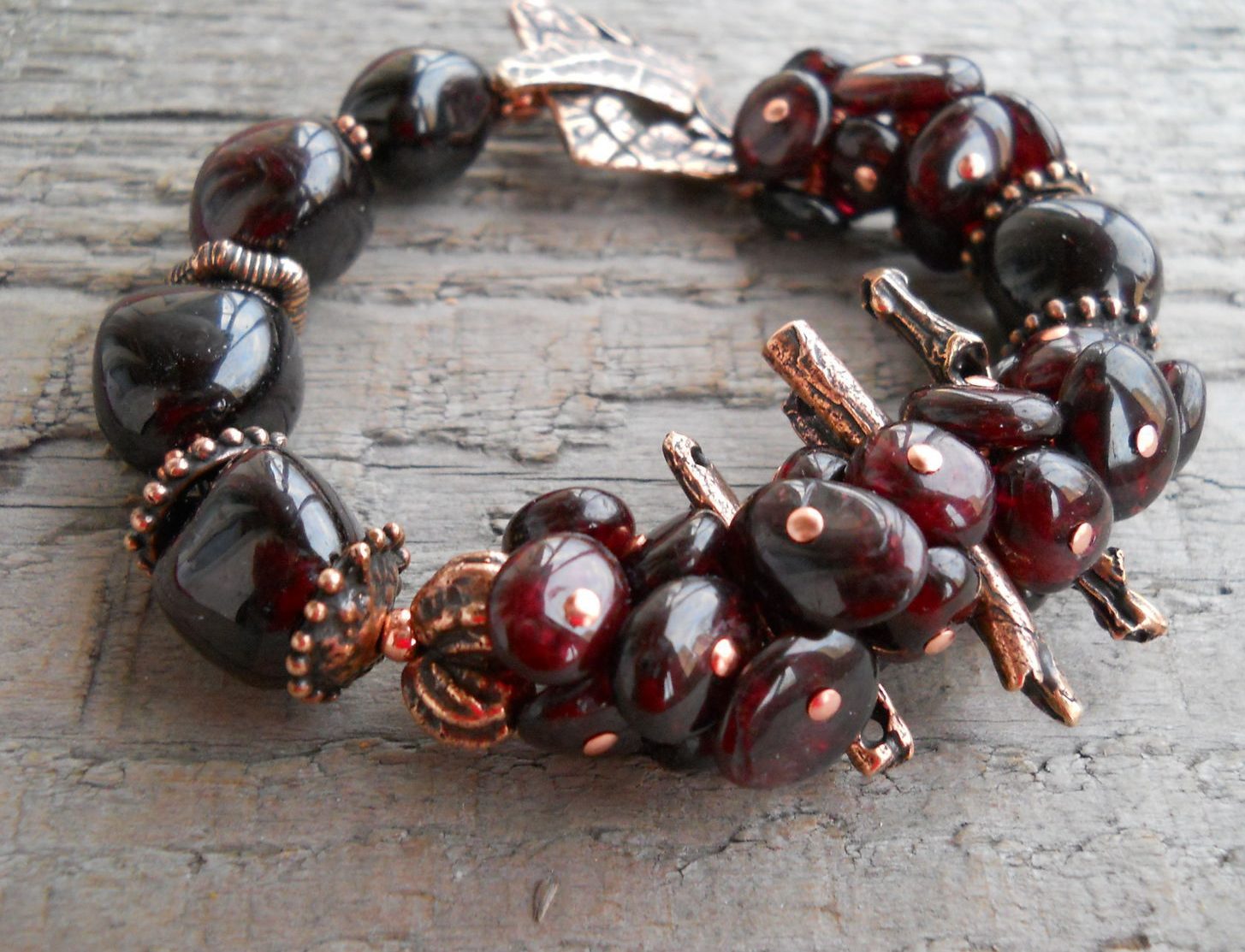
Amazonite - this blue-green-green The stone has been known to people since time immemorial. He met, for example, in the Scythian mounds.
Important: it is believed that amazonite helps with problems with the neck.
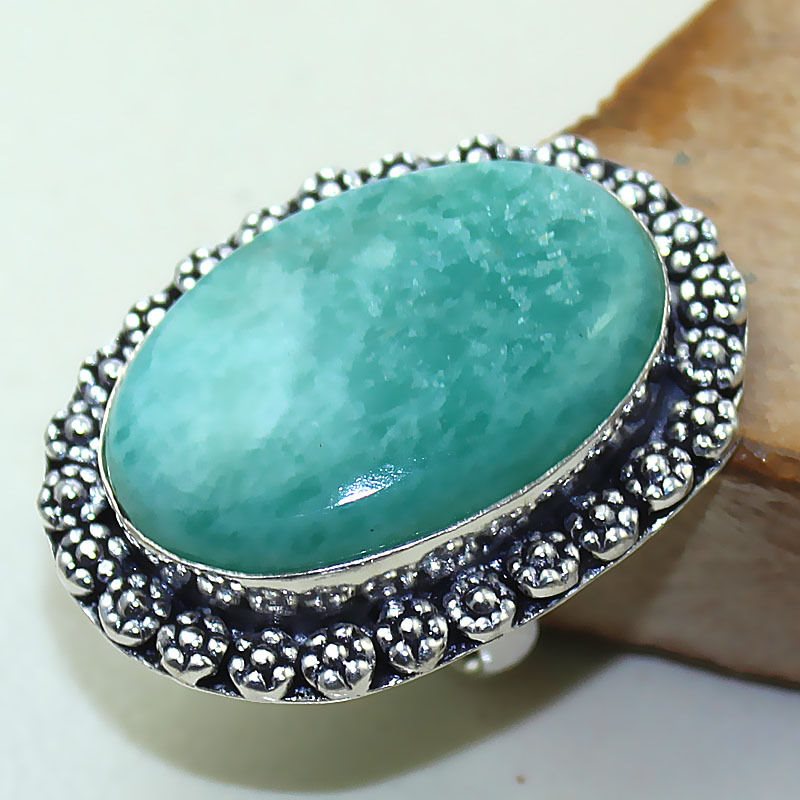
Amethyst - It is a type of quartz. Which caused violet palette. The nuances in it depend on the location of the field. It is believed that it is worth it exclusively in silver.
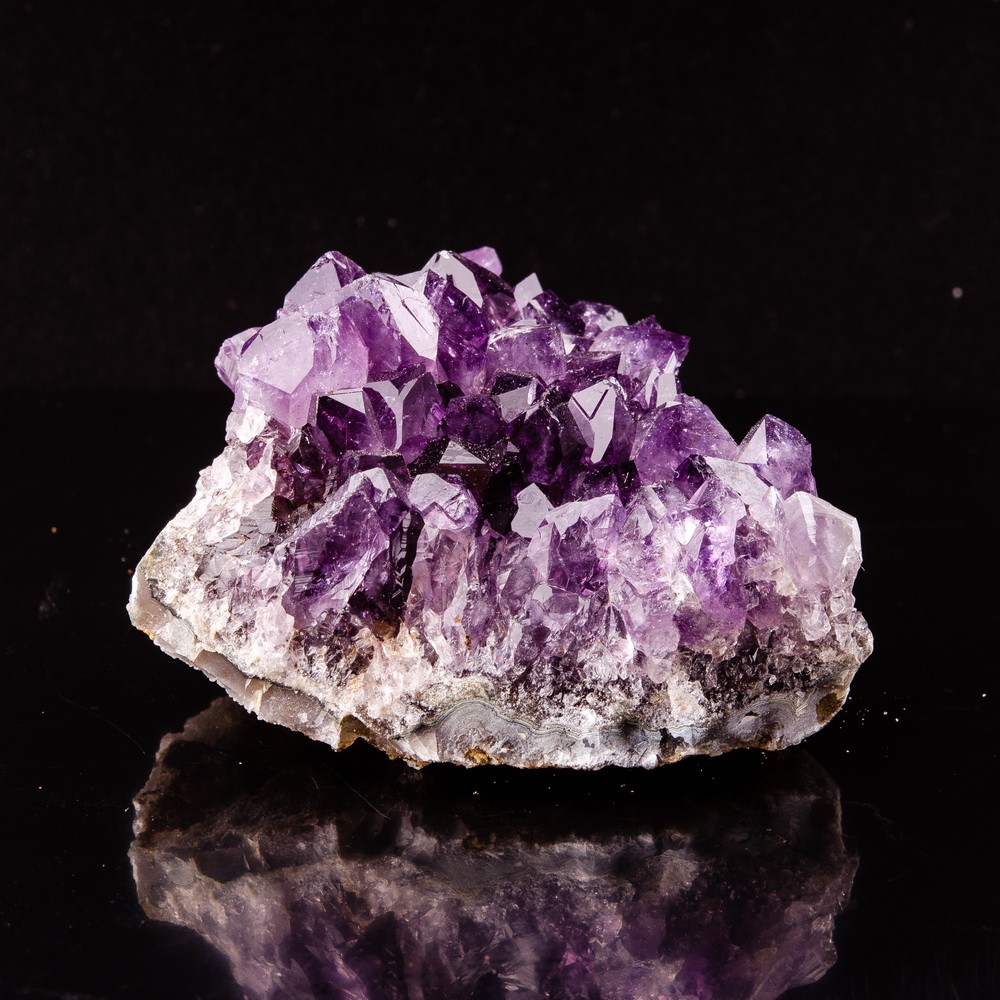
Ametrin - This is a crystal that is a cross between two minerals. That is citrina with amethyst. This is rare. From here and lilovo-vnno yellow palette. Refers perfectly, Therefore, the form can acquire the most bizarre.
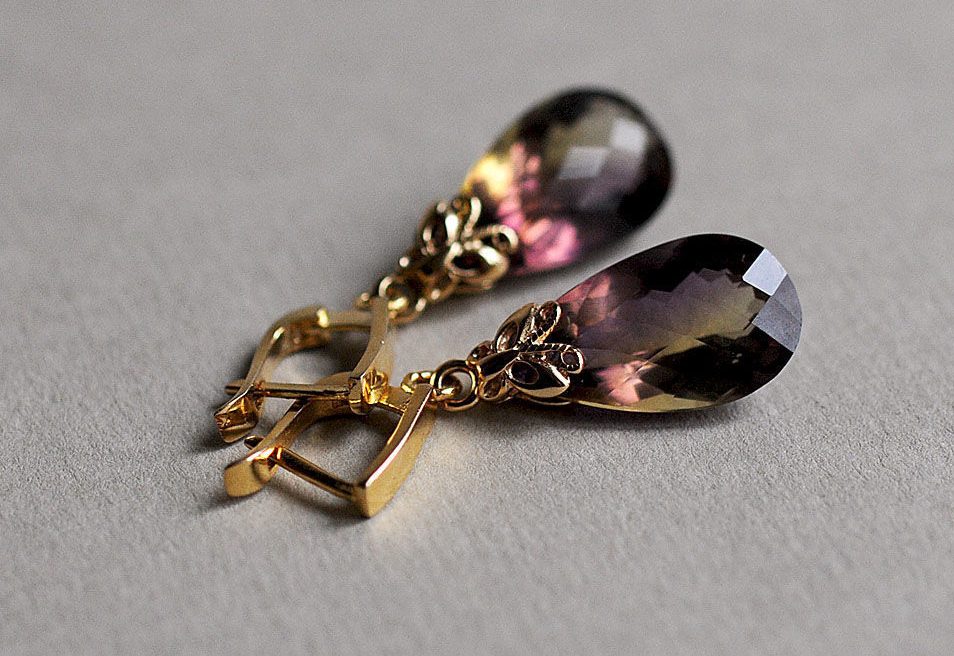
Ammolol - nothing more than a stone state mollusks Mollusch. in honor of which it is named. This stone was recognized as a mineral quite recently. The coloring is diverse.
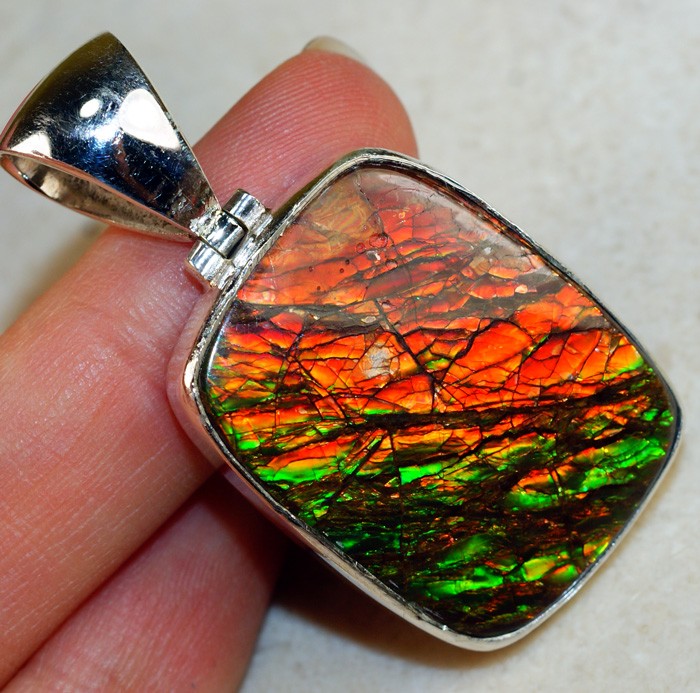
Apatitis - so diverse in color and shape that he was called "The deceiver." Usually, does not exceed 5 caratsAlthough occasionally there are copies of 15-20 carats.
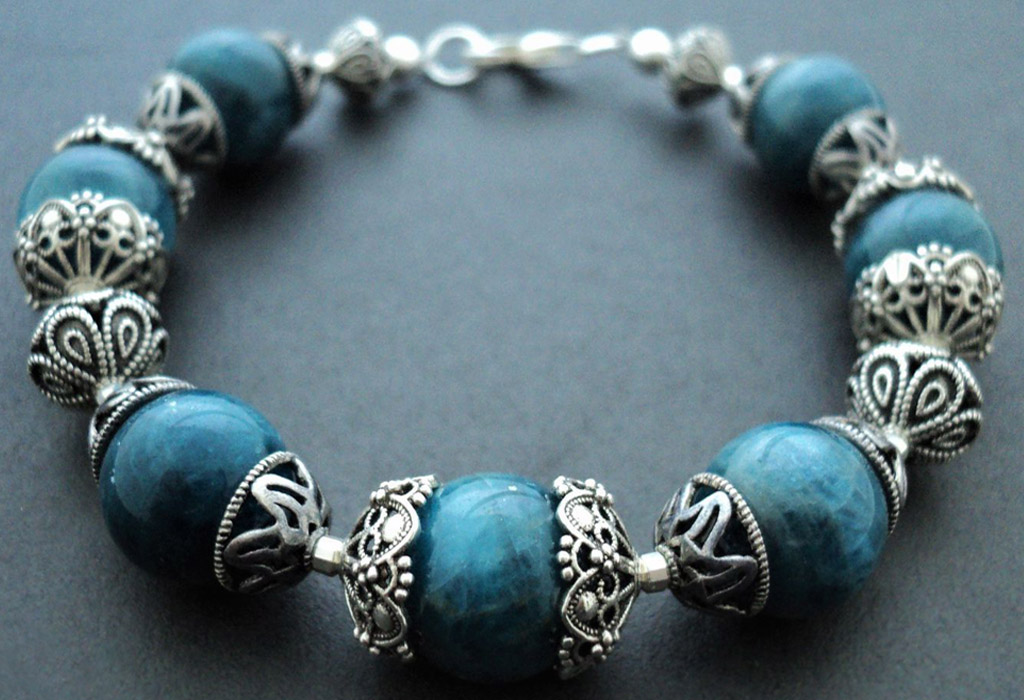
Precious stones according to the alphabet on the letter b, c, g: description, colors, photos
Beryl - A rather diverse phenomenon. From here and the diversity of the palette -saturated green, gold, blue, pink red, etc.
Important: however, you can most often find a light green stone.
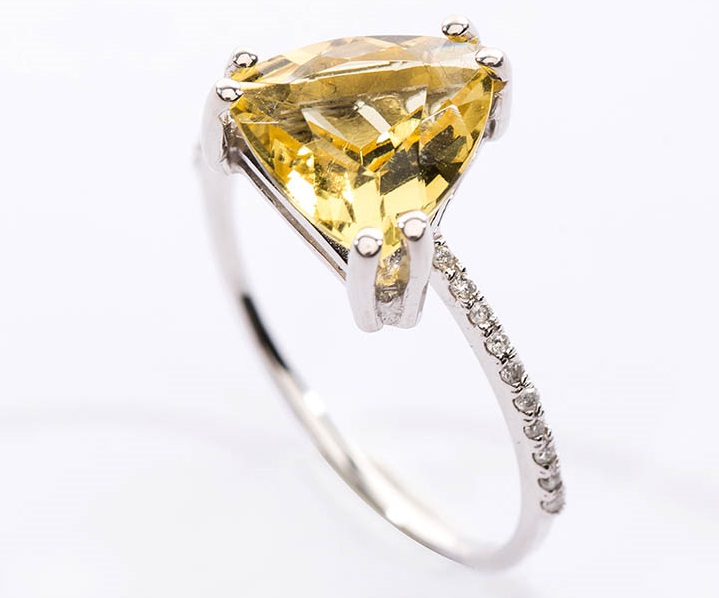
Turquoise - Persian, the name of this precious stone translates as "Stone of happiness". It is believed that the most beautiful turquoise is found In Iranian mines.
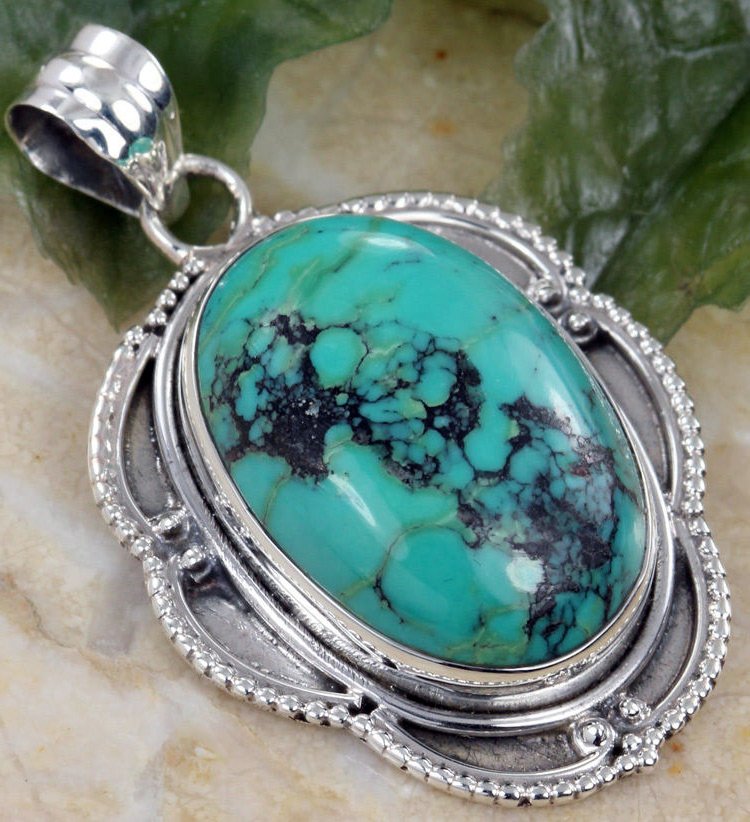
Will return - The most common subspecies of tourmalines wearing greenish tint. Moreover, the shade can vary from delicate tones to dark saturated.
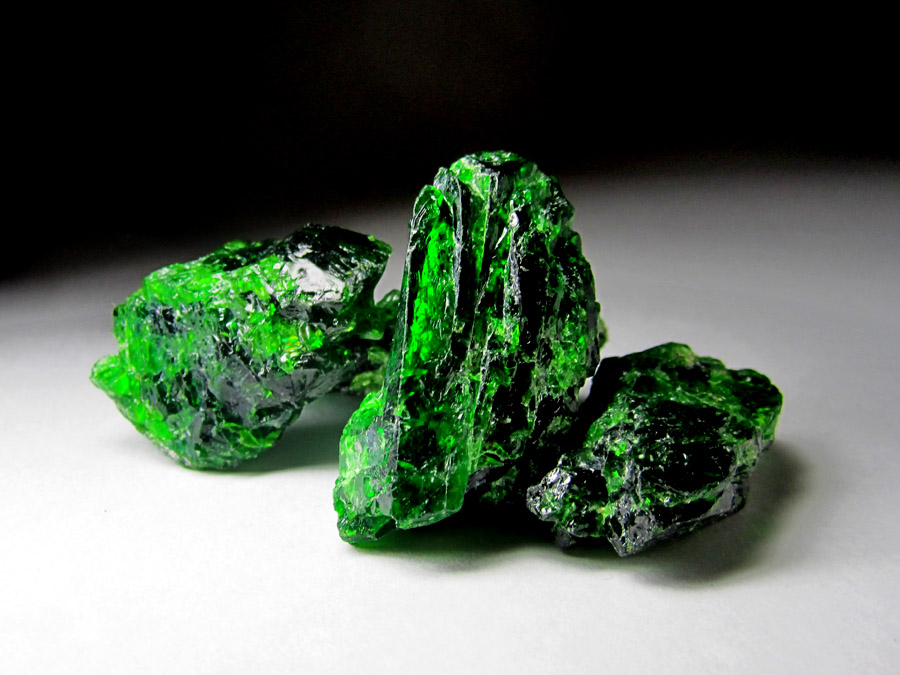
Gagat - This is actually brown coal From coniferous trees growing on the ground in the Paleozoic era. This organic origin is a stone black and completely opaque.
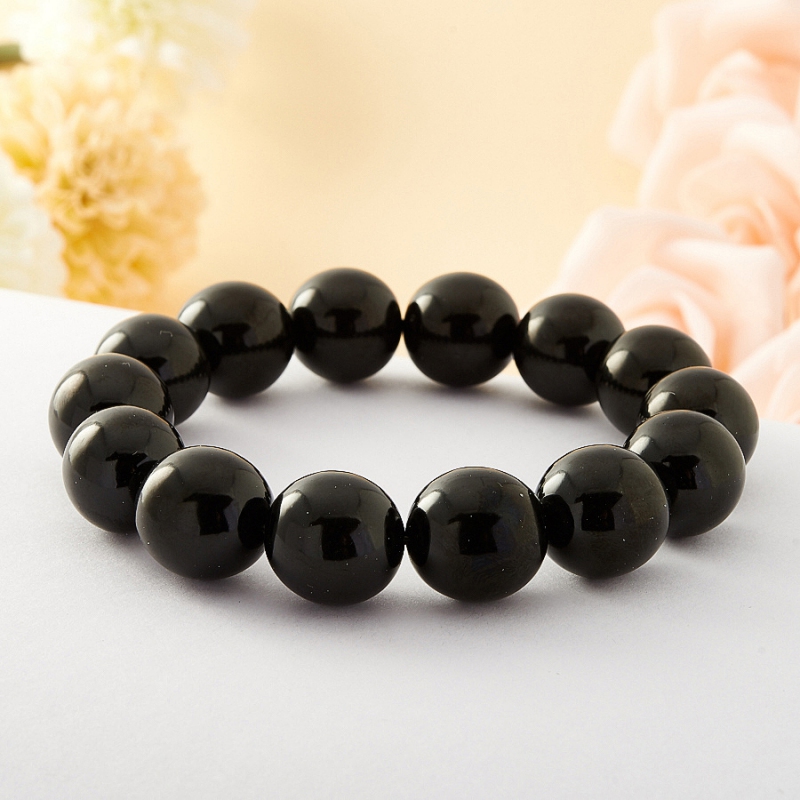
Heliodor - A type of beryl that has yellow shades. Most appreciated by jewelers exactly transparent Heliodora. Although they are less common.
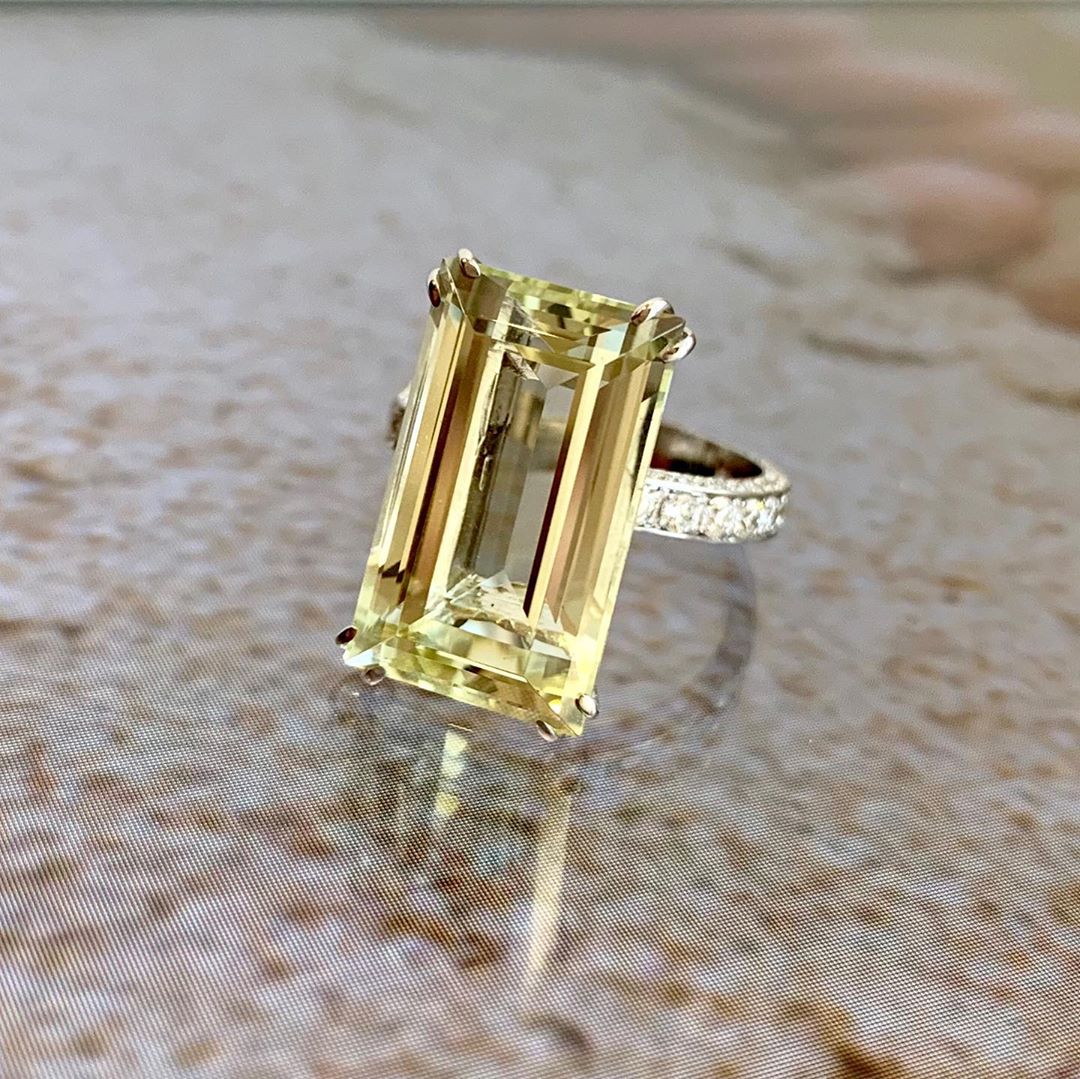
Heliotrop - subspecies of Halzedon, only most often more bright. And s interspersed red. We get it in the Urals.
Important: Heliotrop was especially loved as the basis for amulets. He was revered by the sages.
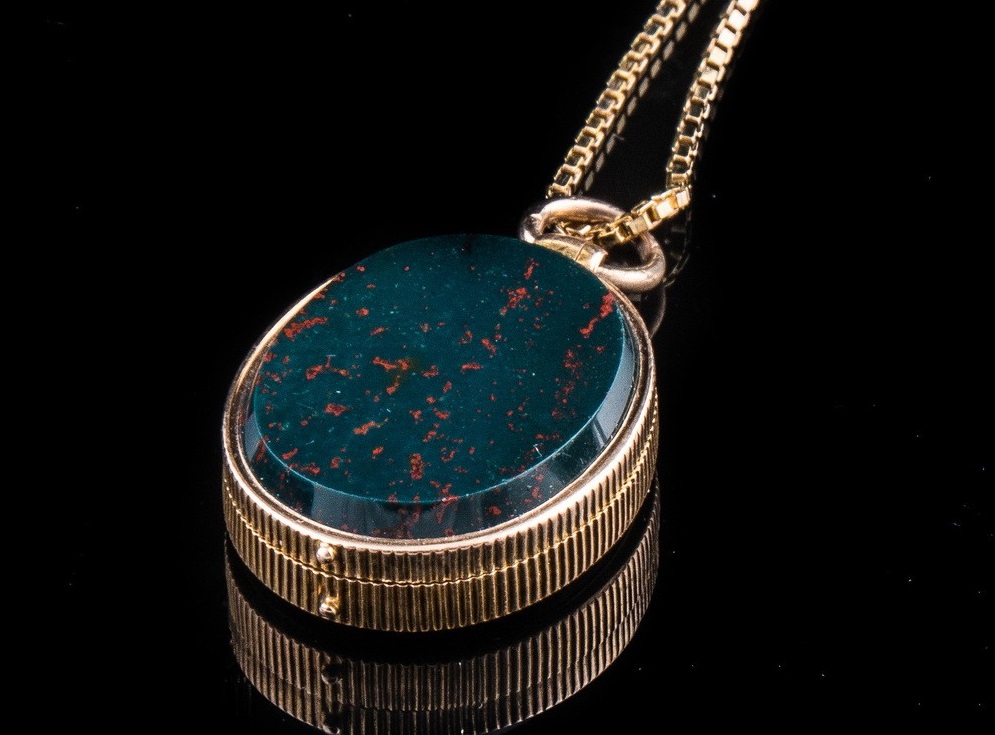
Hematite - enough solid stone with considerable weightwhose name is translated as "bloody". All because brownish tint, sometimes even turning into black, resembles the color of the blood that is baked.
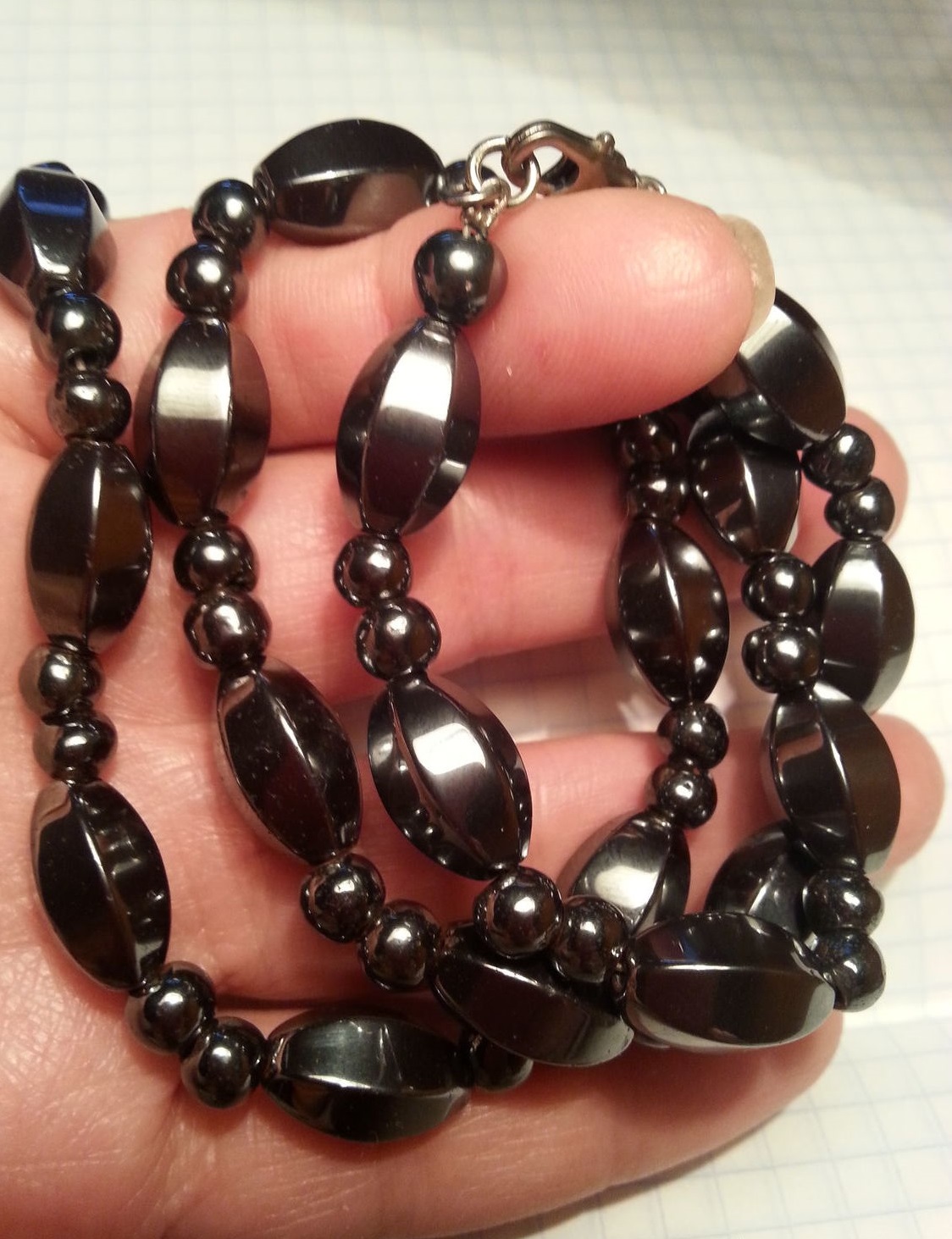
Hessonite - Powad a grenade that is painted in Yellow or orange color. This honey stone is completely fragile, And not as much as other types of grenade.

Hyalite - Outwardly this one transparent subspecies Opala It resembles the water that froze. However, various kinds shades and intersperse acceptable. It is believed that hyalit is on guard of the nervous system.
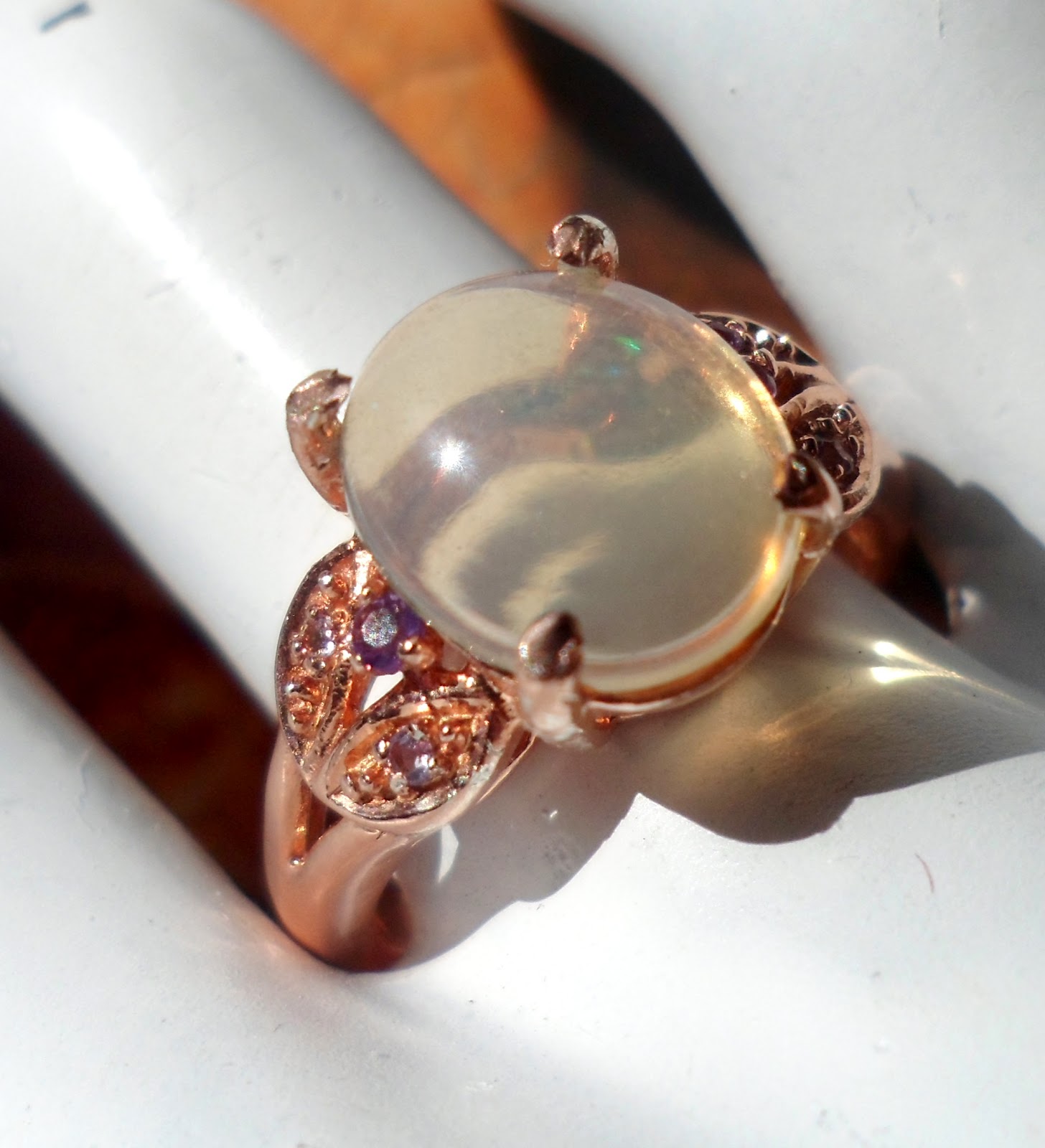
Mountain crystal - His crystals can be both tiny, and cover several meters. The properties of this stone are extremely appreciated, especially in Tibetan medicine.
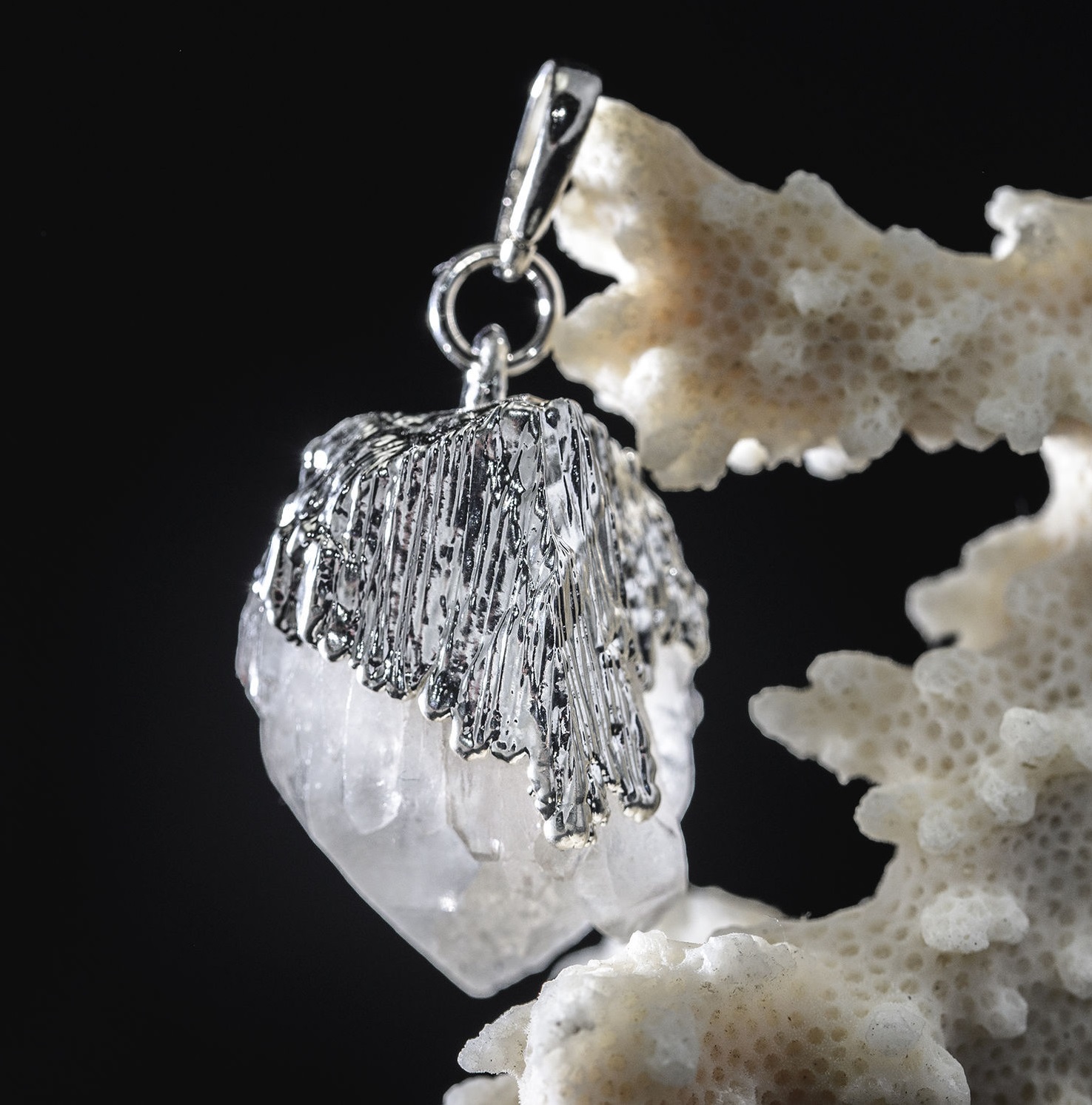
Pomegranate - pebbles saturated red color Really resemble the grains of the fetus of the same name. Particularly loved grenades in the heyday of European romanticism.
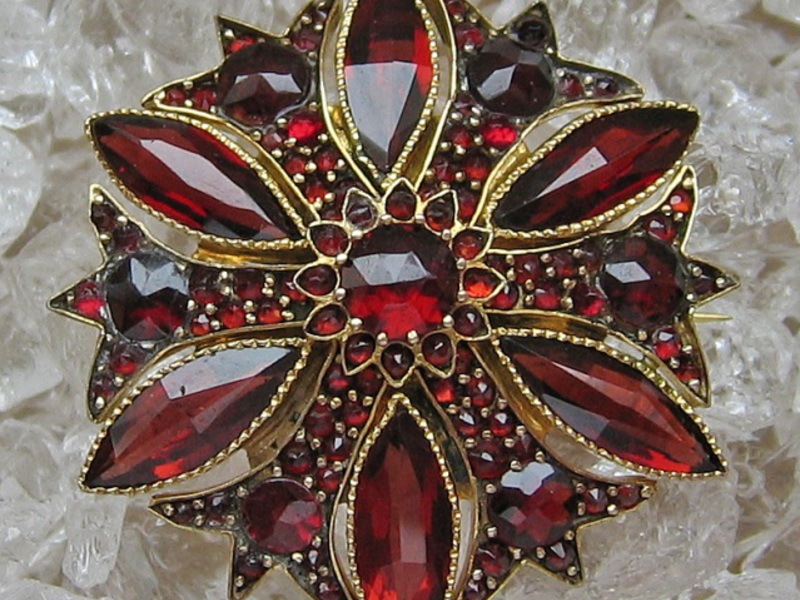
Precious stones according to the alphabet on the letter D, f, h, and: description, colors, photos
Demantoid - a grenade option, but having an amazing bright green color. The name translates as "Similar to the diamond". What is logical when taking into account the game of the Demantoid light.
Important: large demantoids are very rare.
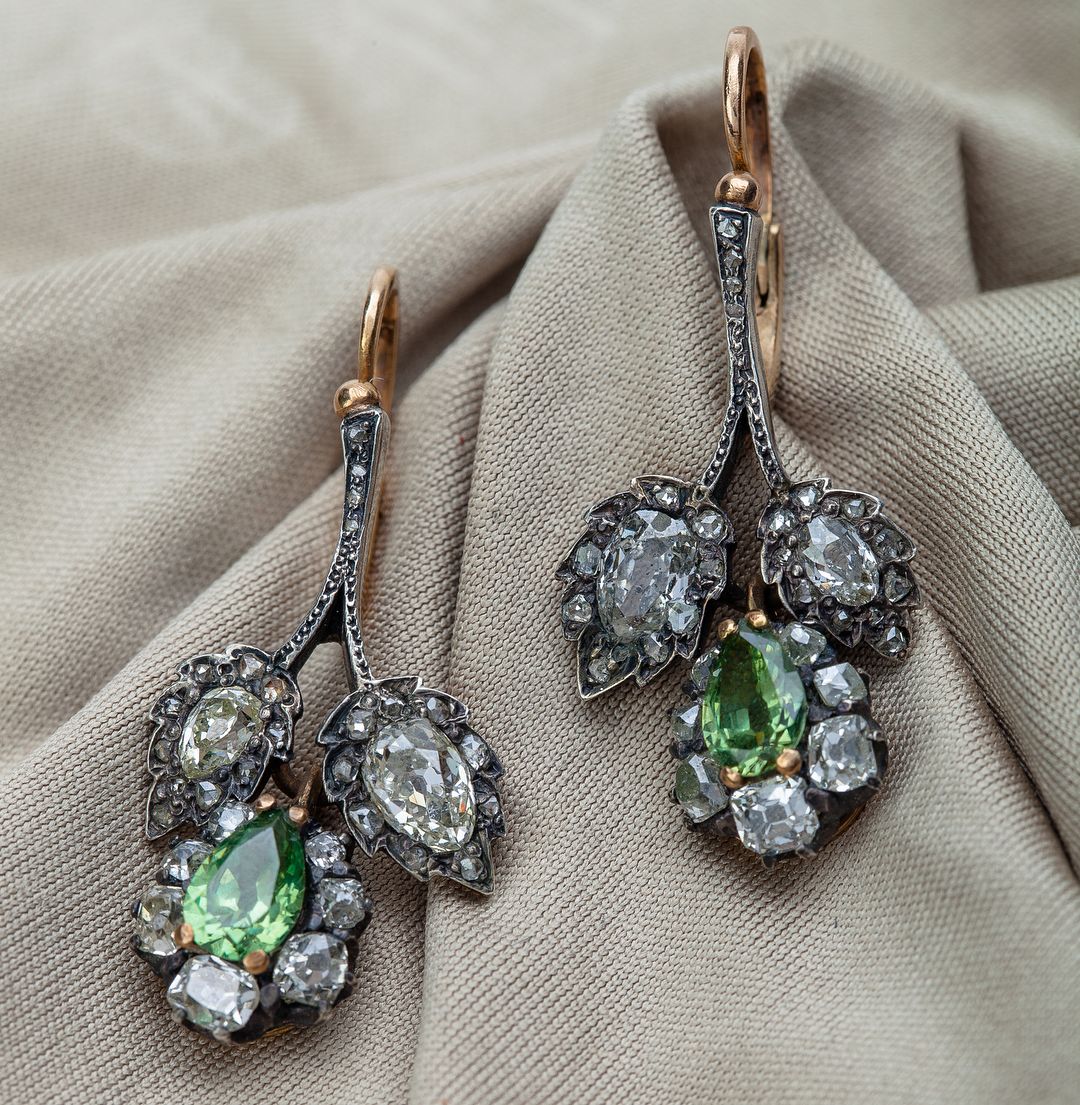
Jadeite - The type of jade, which, however, is appreciated much higher. Jade durable and perfectly polished. Basically belongs to the green palette, Although they meet purple, white, pink Options.
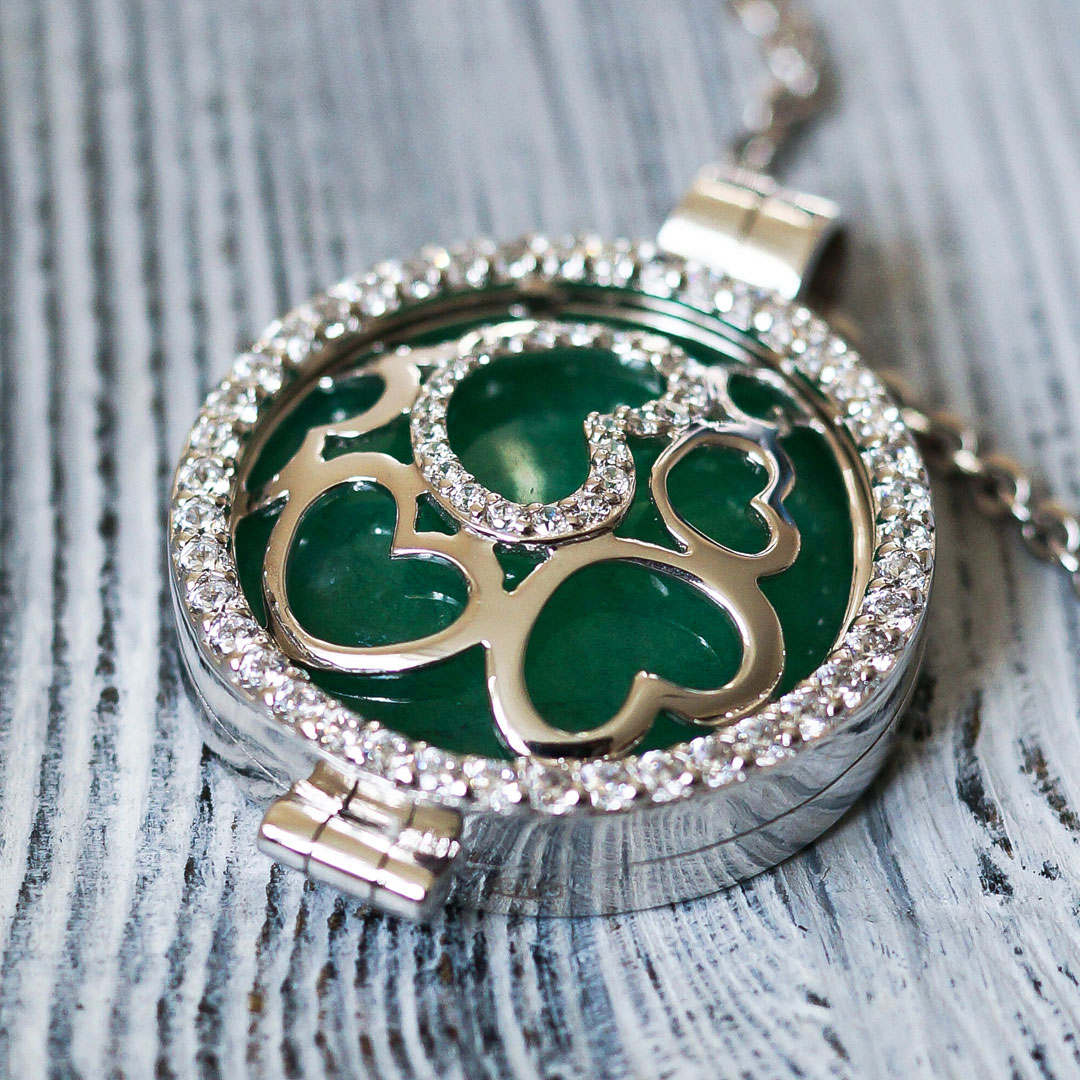
Pearls - As everyone knows, it grows up in mollusks, And in this regard, among jewelry is unique. They love him from a long time ago, because in an additional processing method pearl does not need. Except White, beads have red, black, blue Shades.
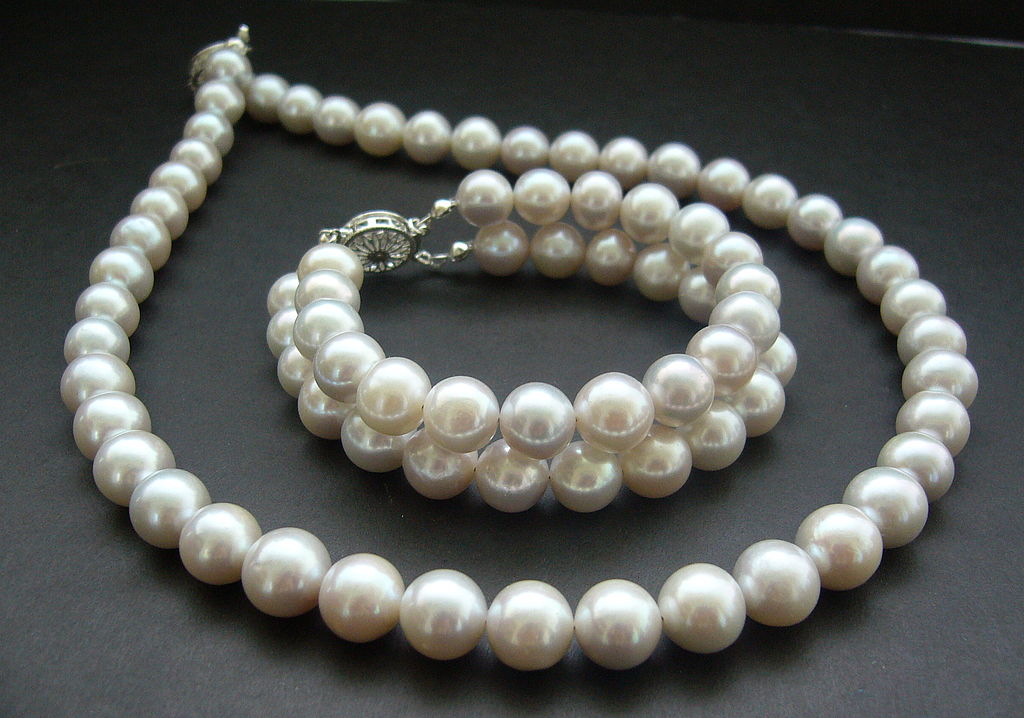
Coil - The name for the precious stone gave it snow coloring similarity. That is, the green palette prevails. There may be yellow overflows and spotting. It does not differ in hardness.

Emerald - bright green Stones considered first -class. It is noteworthy that this unique juicy shade does not lose its attractiveness in artificial lighting.
Important: Colombian emeralds are considered the best.

Precious stones according to the alphabet on the letter K, l: description, colors, photos
Quartz - is one the most common Minerals. Look like bottle glass with possible interspersed. Quartz products attract enough budget value.
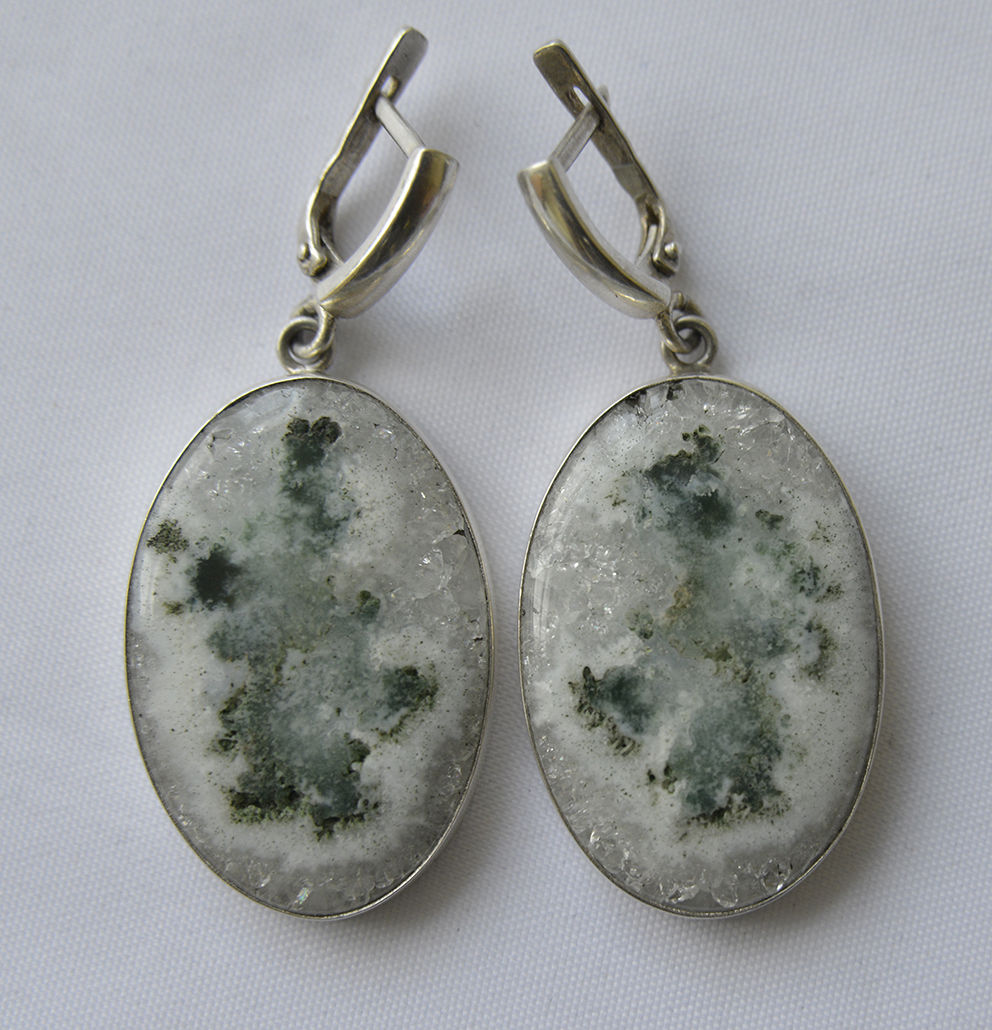
Coral - These are literally skeletons that previously belonged to coral polyps. The most valuable are traditionally considered red And, oddly enough, black. White corals are less valuable.
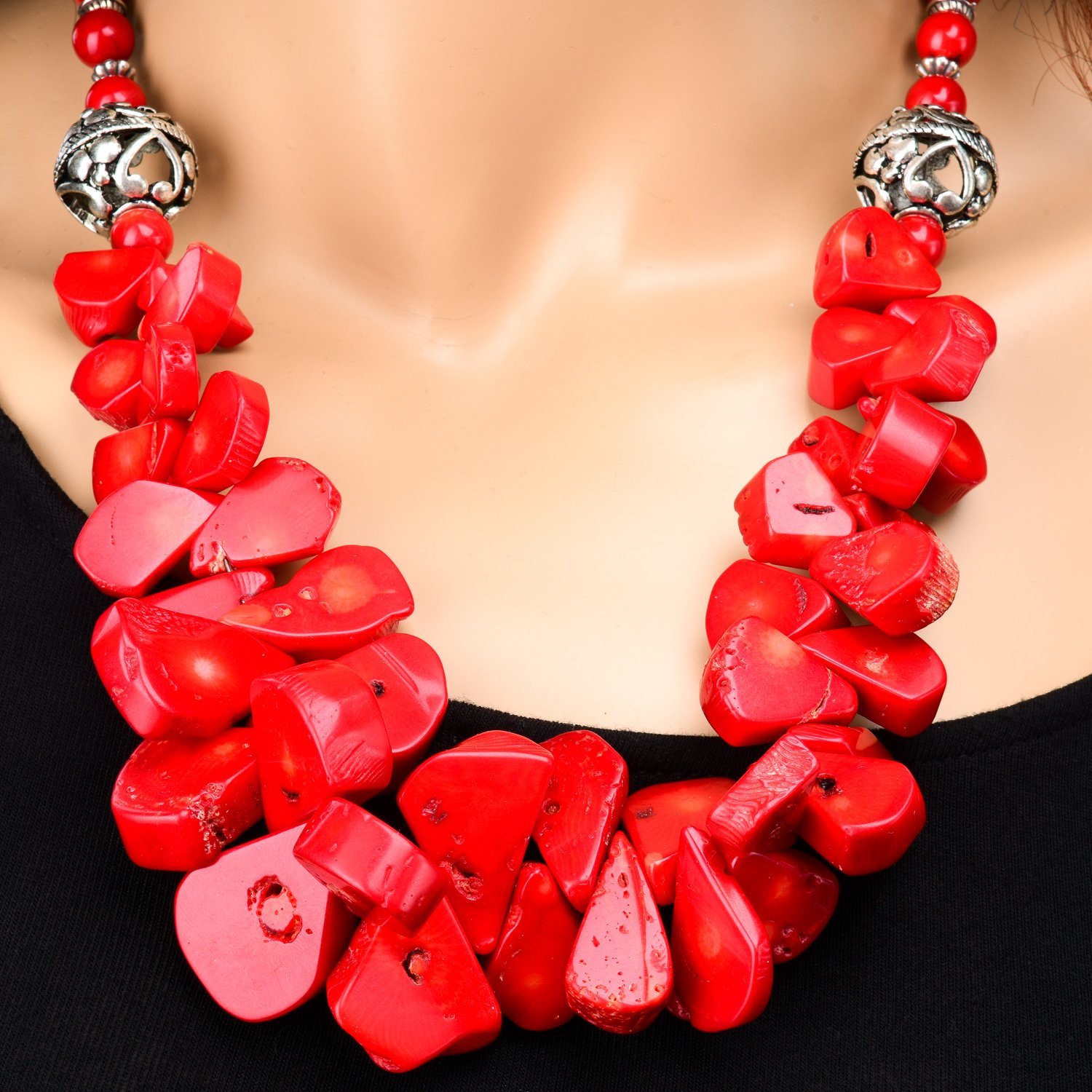
Corundy - on hardness They are inferior only to diamonds. Most often, you can find a purple-red color, green, imitation of the starry sky. There are transparent stones.
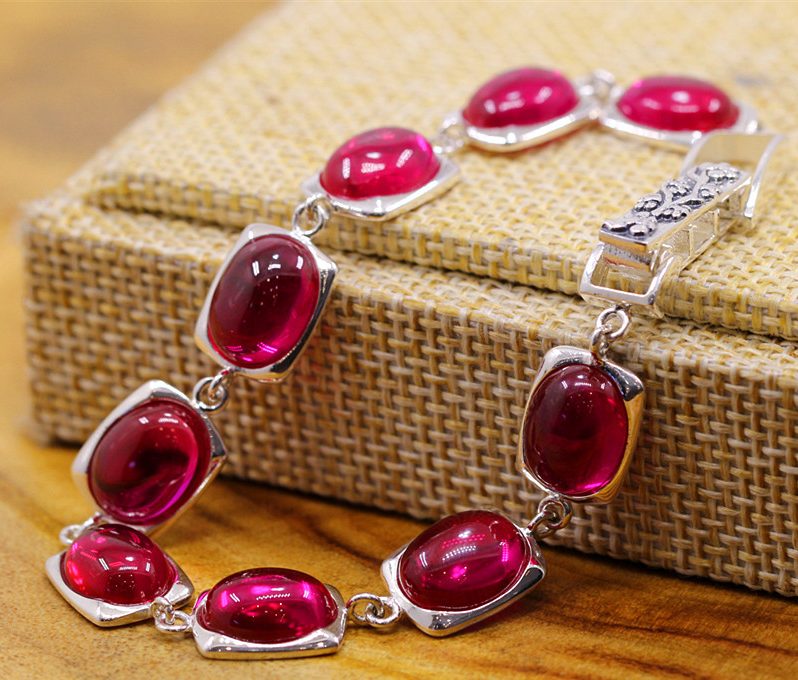
Cat eye - minerals that are easily recognized by overflow. They can have any coloring, but their indispensable attribute is golden or grayish with a green tone of overflow.
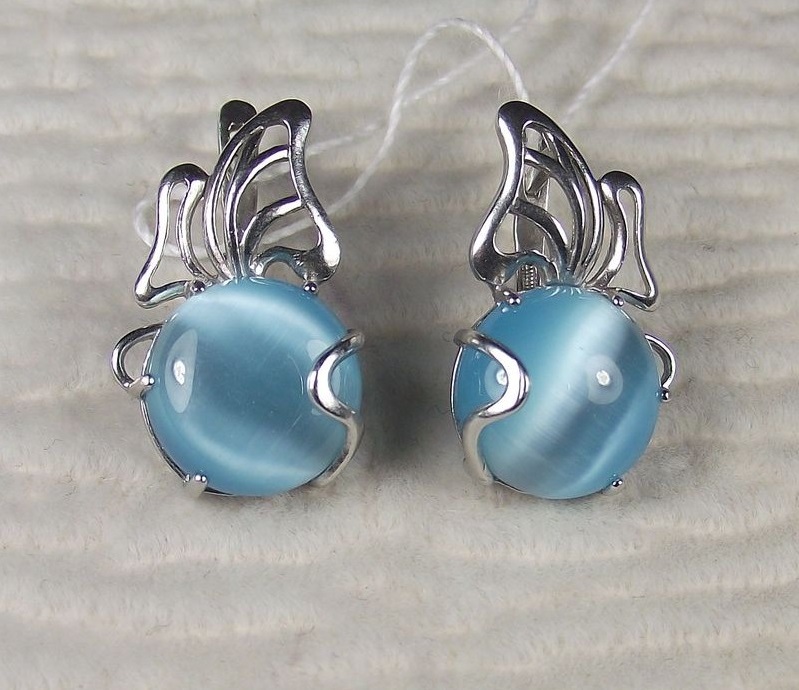
Labrador - a stone giving the audience bizarre overflows of gold, blue, green shades. The most interesting labradors get in Finland - They shimmer with a real rainbow.
Important: jewelers like to engage in cutting transparent stones most of all.
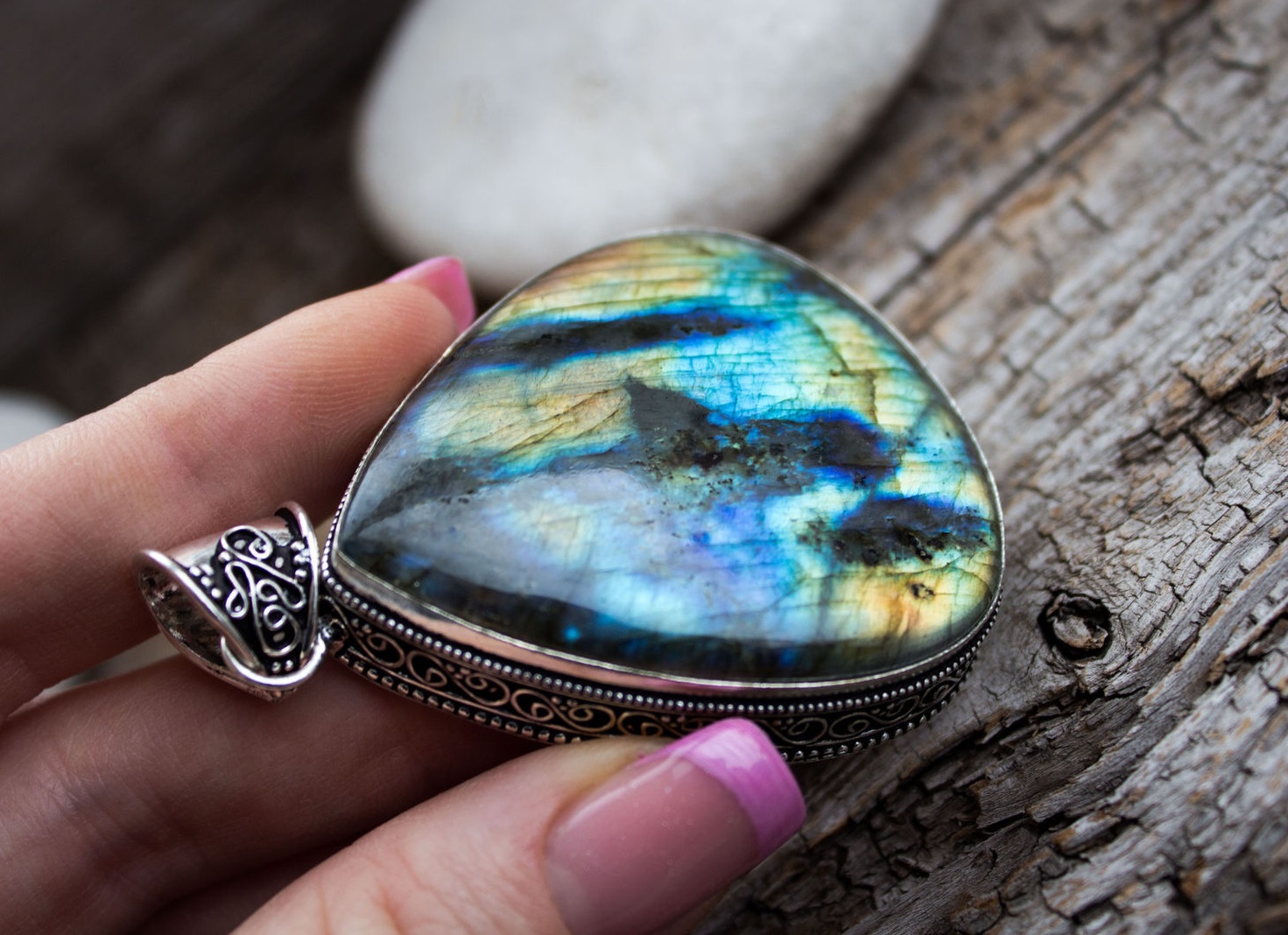
Lapis lazuli - In the ancient world, he was one of the most expensive stones. Amazing extraordinary brightness. Basic gamut - Blue. They can play against her background violet, green shades.
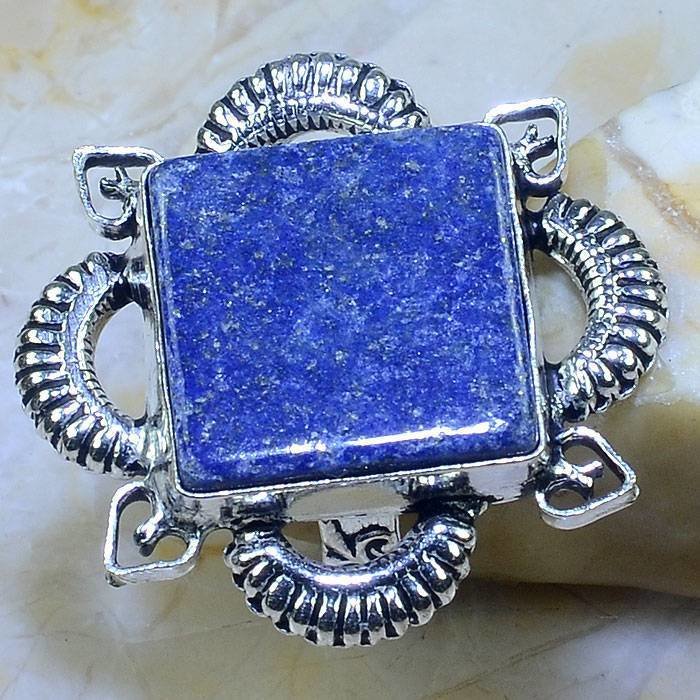
Moonstone - It has a color associated with the Earth's satellite. That is translucency With a light yellow, blue or silver tint.
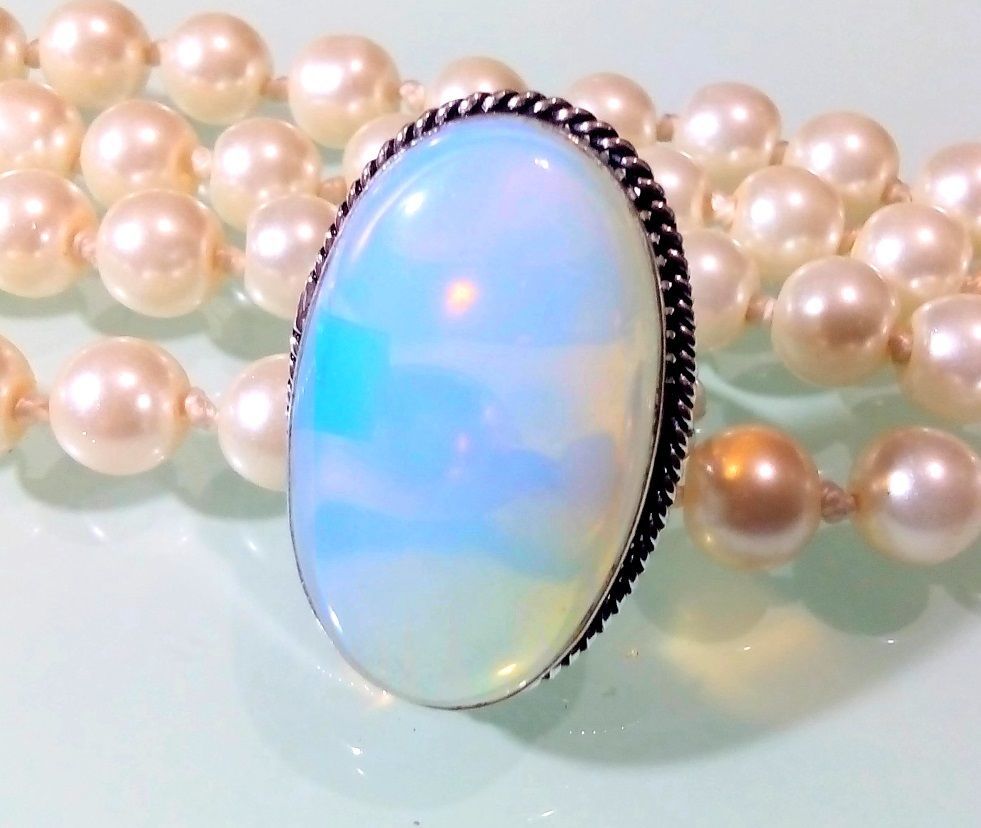
Precious stones according to the alphabet on the letter m, n, o, p: description, colors, photos
Malachite - Translated from Greek, the name means "soft". It's all about the ease of stone processing. The palette is attractive - from turquoise to reached to the blackness of the saturated Green colour.
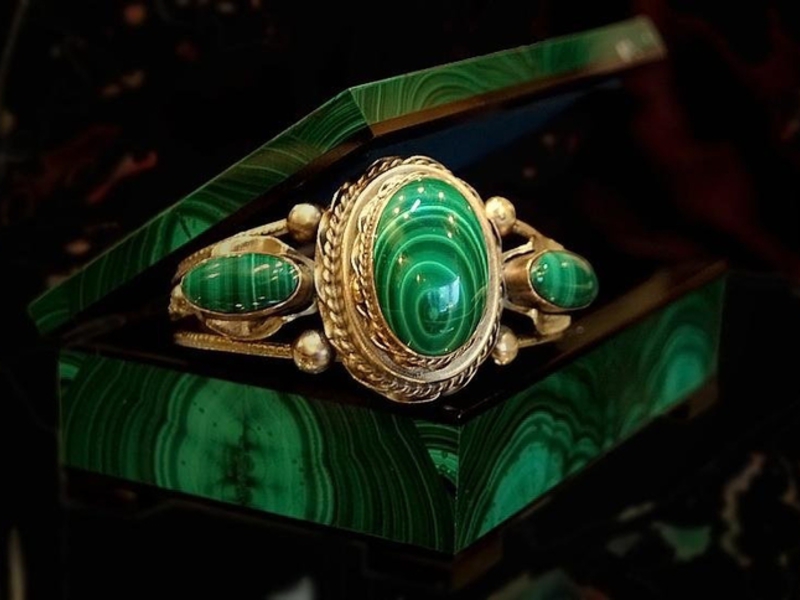
Nephritis - lasting mineral white and green Palette. Translucent. Amazing, but jade very melodic - This quality was sometimes used in the manufacture of some musical instruments.

Obsidian - In fact, he is volcanic glass. This also caused a palette consisting of red, yellow, brown colors. It is also called a "bottle stone" due to a characteristic shine.
Important: it is believed that obsidian positively affects the immunity, the work of the kidneys and stomach.

Onyx - The appearance of the precious stone is composed of stripes various thicknesses and colors. Moreover, it is believed that the most delicate and diverse The stripes decorate the most valuable stones.
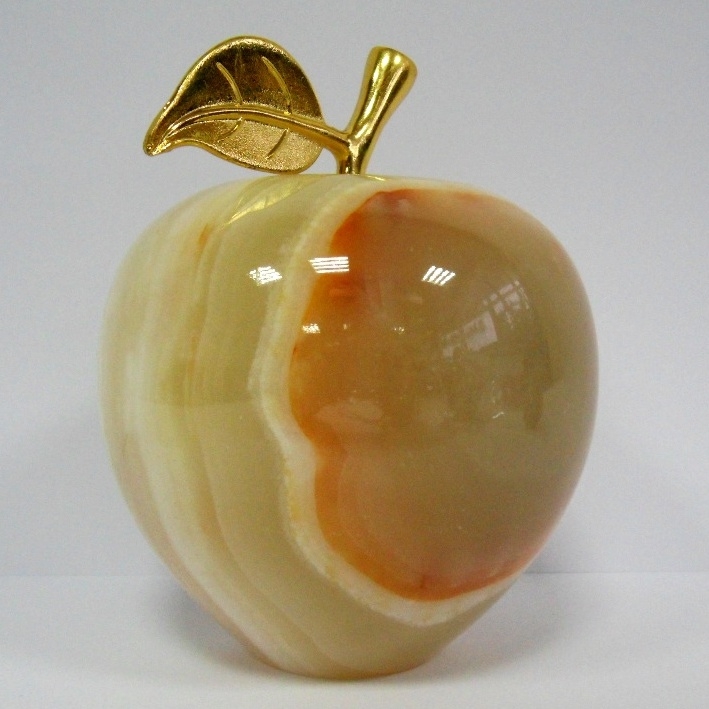
Opal - a stone that is painted almost in all shades. Samples are considered most valuable with rainbow overflows. Less expensive opals of light green and white shades - overflows on them are not so noticeable.
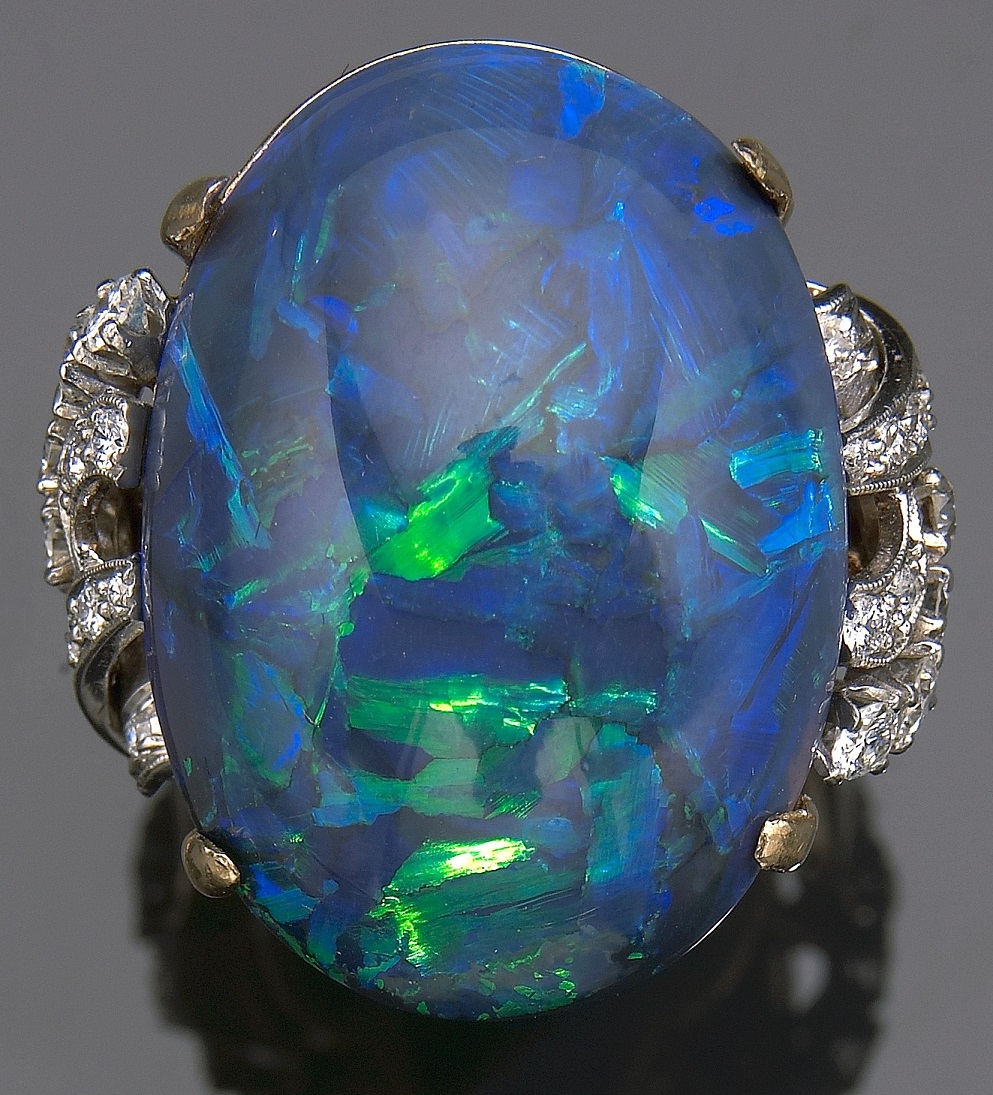
Peridot - pebble with golden green coloring. Experts claim that this stone is best adjacent with gold.
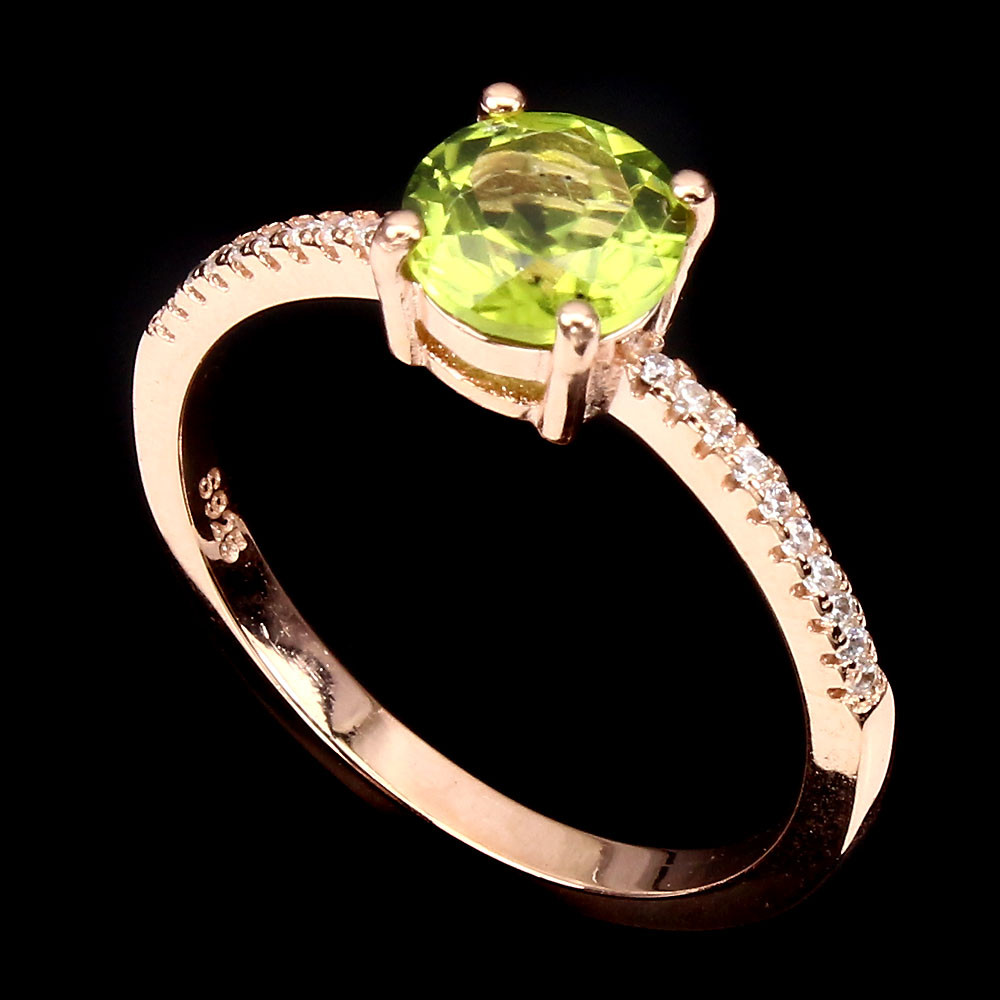
Nacre - It is related to mollusks. More precisely, this is the wrong side of their shells. Overflows Most different tones from white to black.
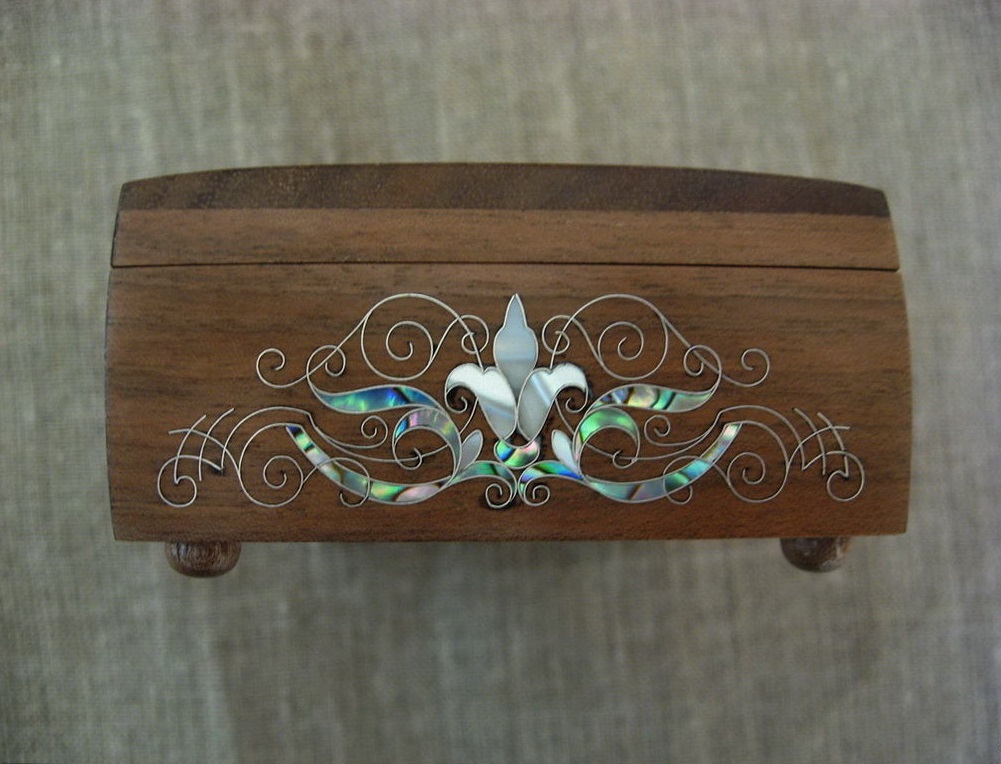
Precious stones according to the alphabet on the letter P, C: Description, Colors, photos
Rauchtopaz - translates as "smoky". Mostly brown-golden. In nature, sometimes found in the form of crystals weighing several tons!
Important: it is believed that Rauchtopaz is fighting pain.
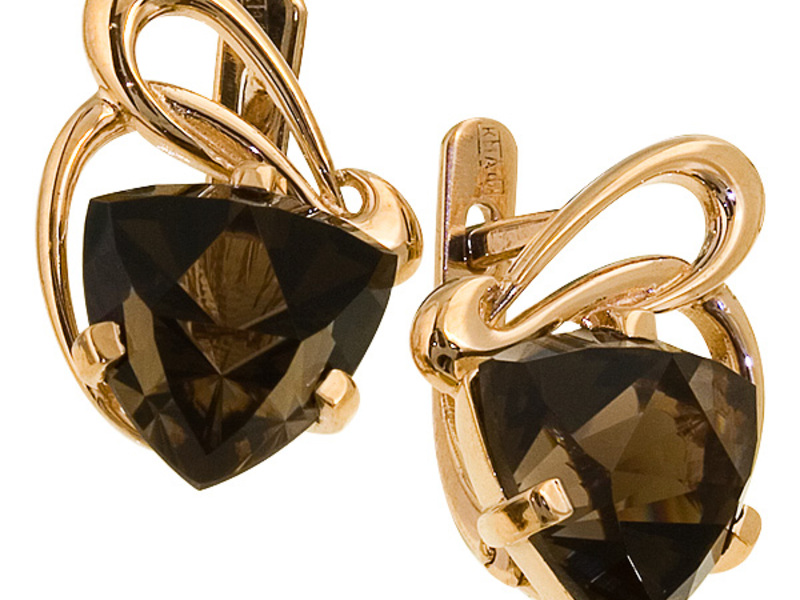
Rodolite - translates from Greek literally like "pink". This shade is saturated and somewhat reminiscent of syrup. Extremely large are valued Stones, even though they are rare.
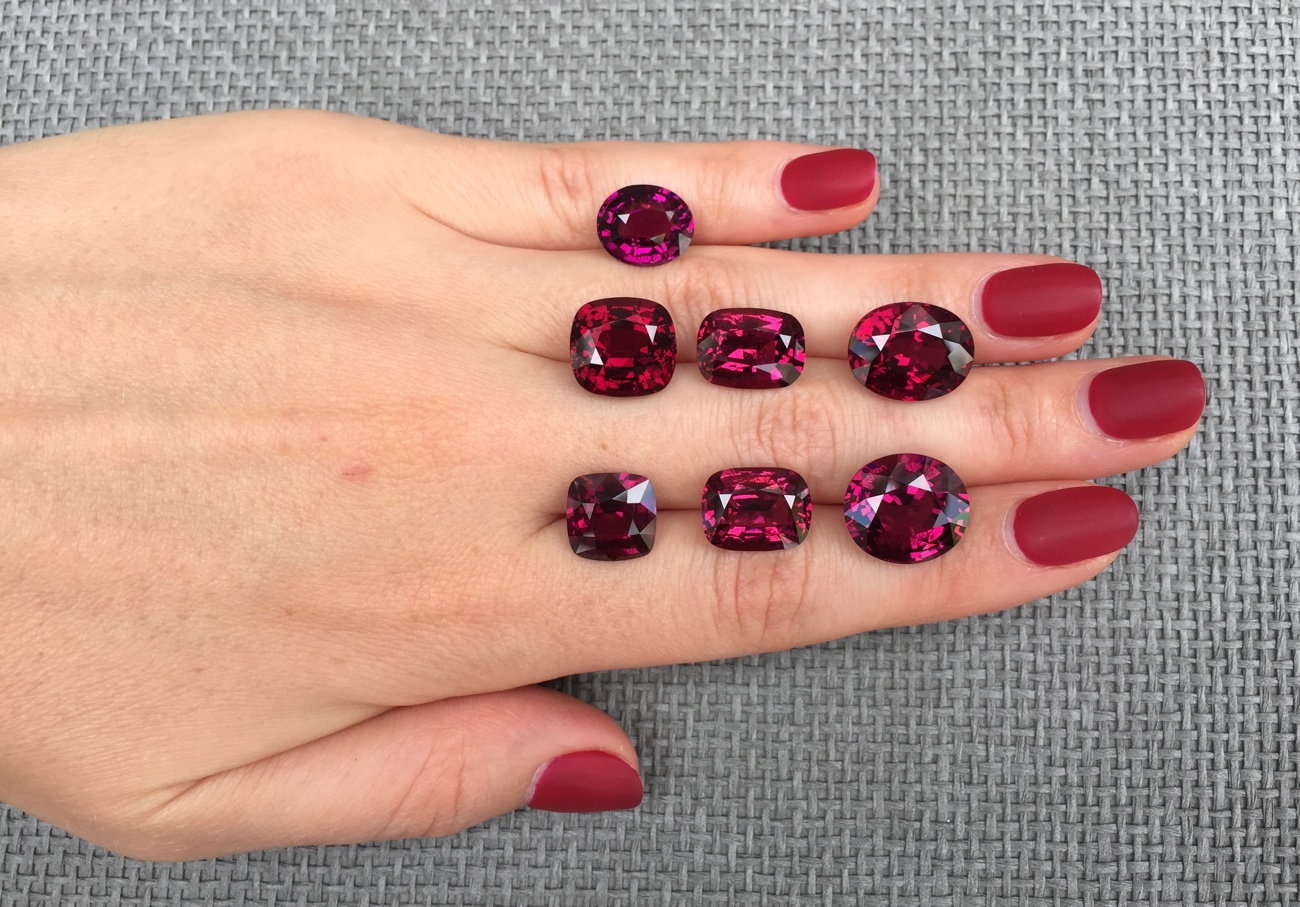
Rodonite - The second, after malachite, the stone that Russia is famous for. Residents of the East call it "Zari Stone" thanks to raspberry, scarlet, pink coloring.
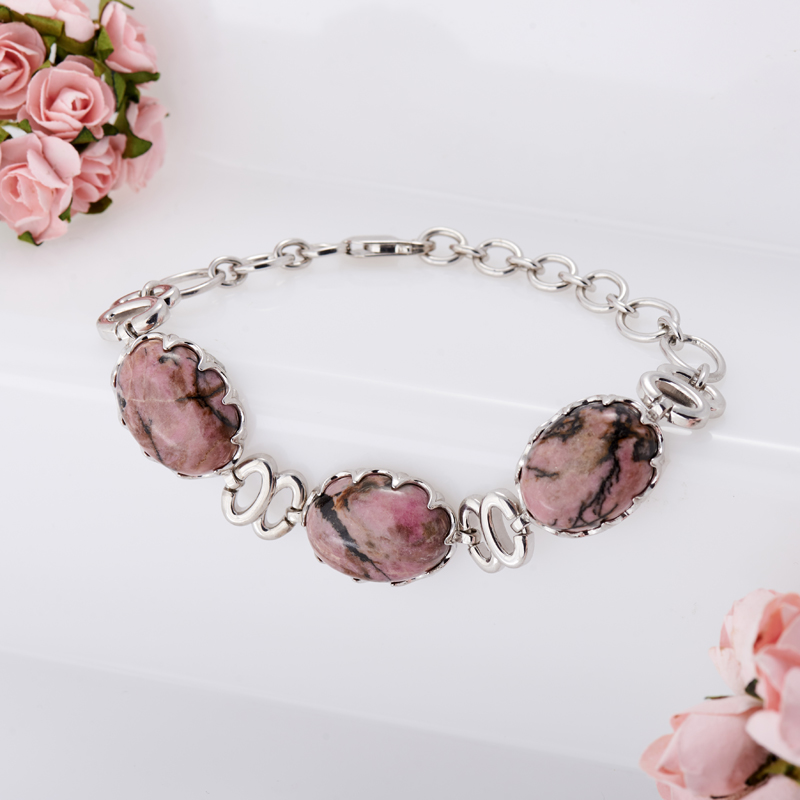
Rubellite – pink and raspberry A stone that wears such a beautiful color due to the impurity of manganese. Experts extremely recommend choosing a frame from him from silver or gold.

Ruby - received a name thanks to saturated red color. Residents of the East extremely revered this stone. Nowadays, it is also quite expensive.

Sapphire - Since ancient times, he was considered a symbol of the monarchy due to its striking imagination for the chic blue color. Large perfectly processed stones are insanely expensive.
Important: sapphires are especially appreciated, which emit rays intersecting with each other.
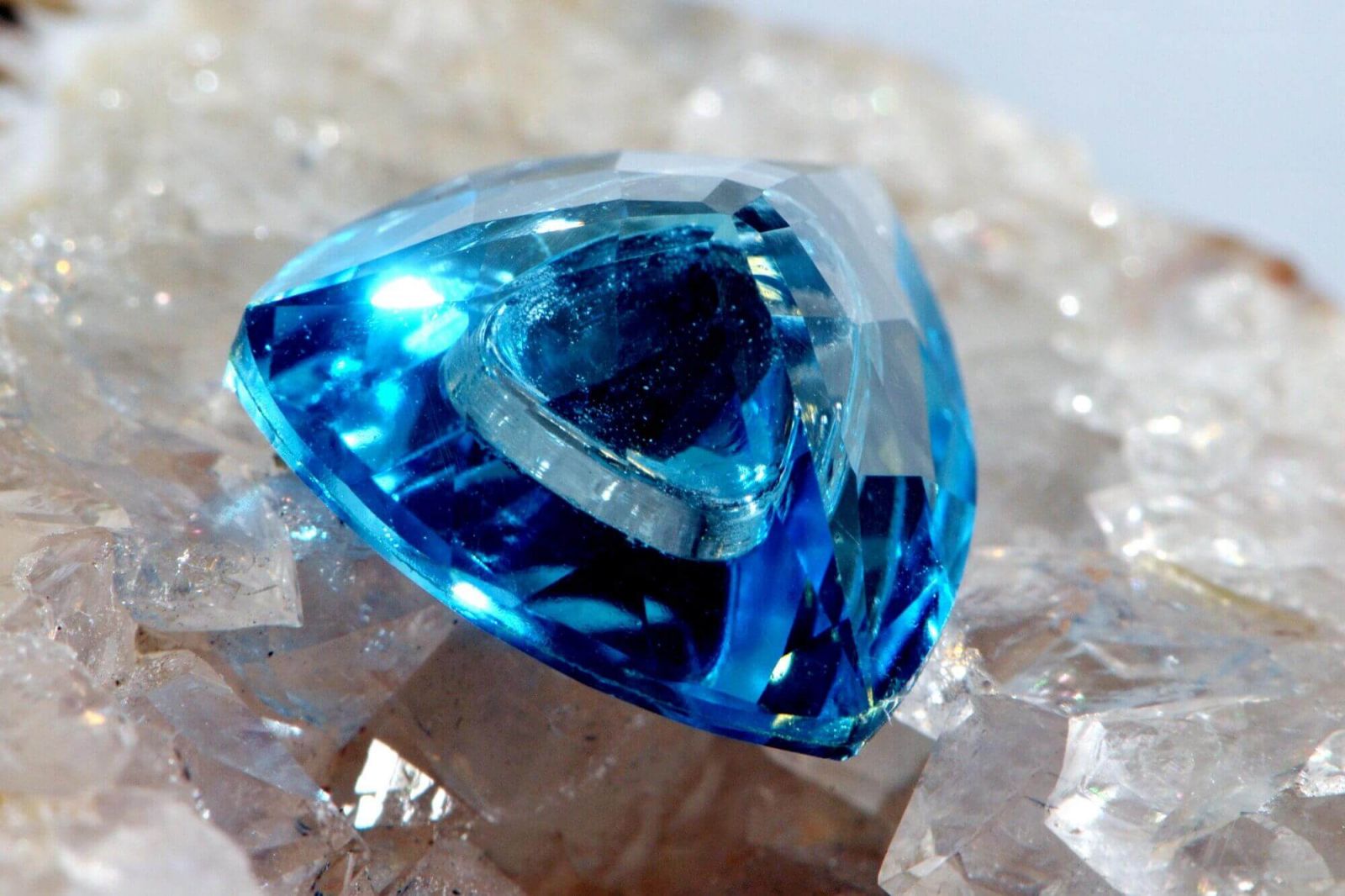
Sardoniks - precious stone that has many layers with different colors. Thanks to this property, they liked to cut the cameras from them. Distinguishes Sardonics and stripes.
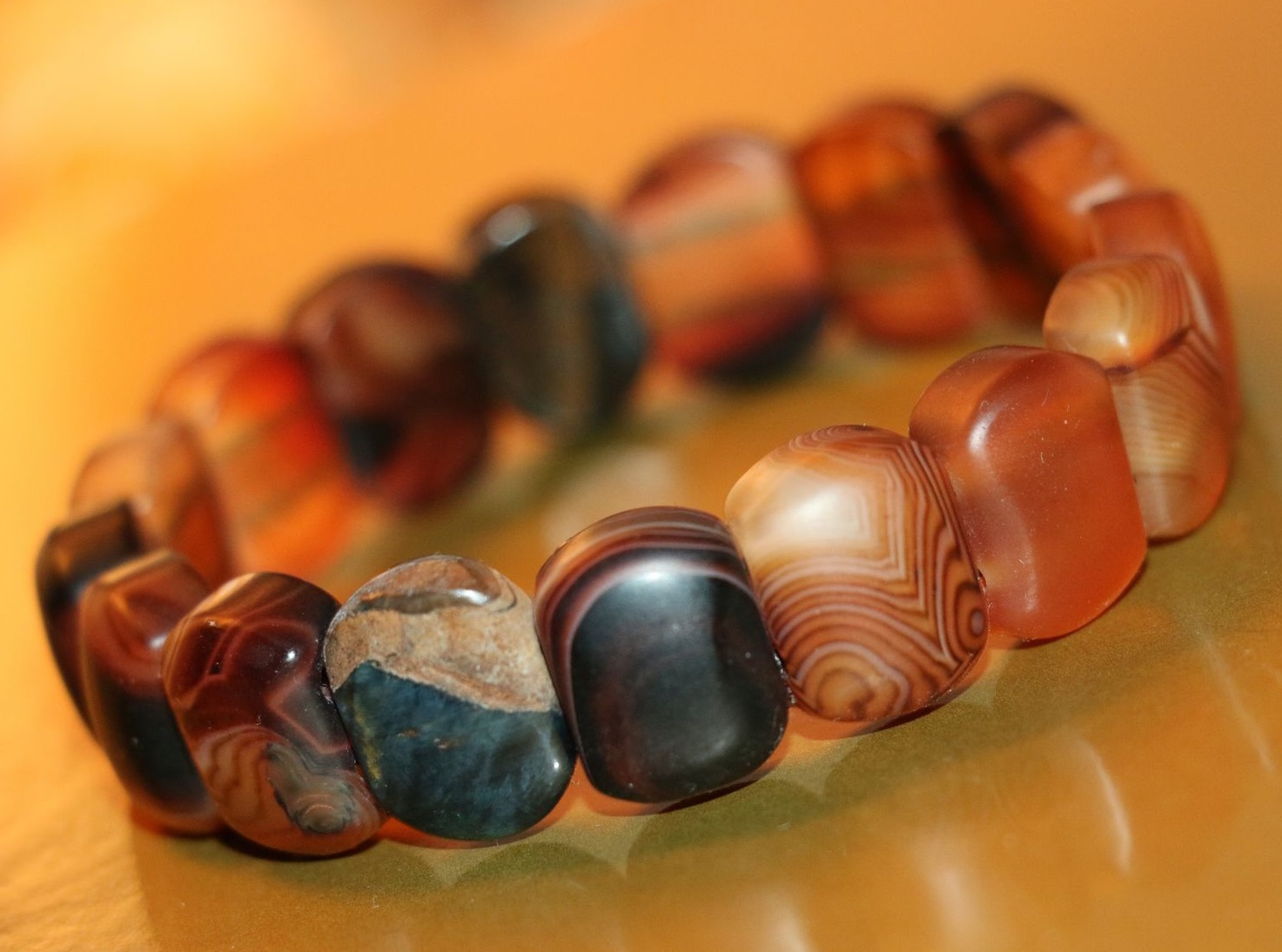
Calf - brown, red-brown stone. His best representatives are found in Mongolia. Despite the fact that since ancient times Catolic was revered, today he budget.
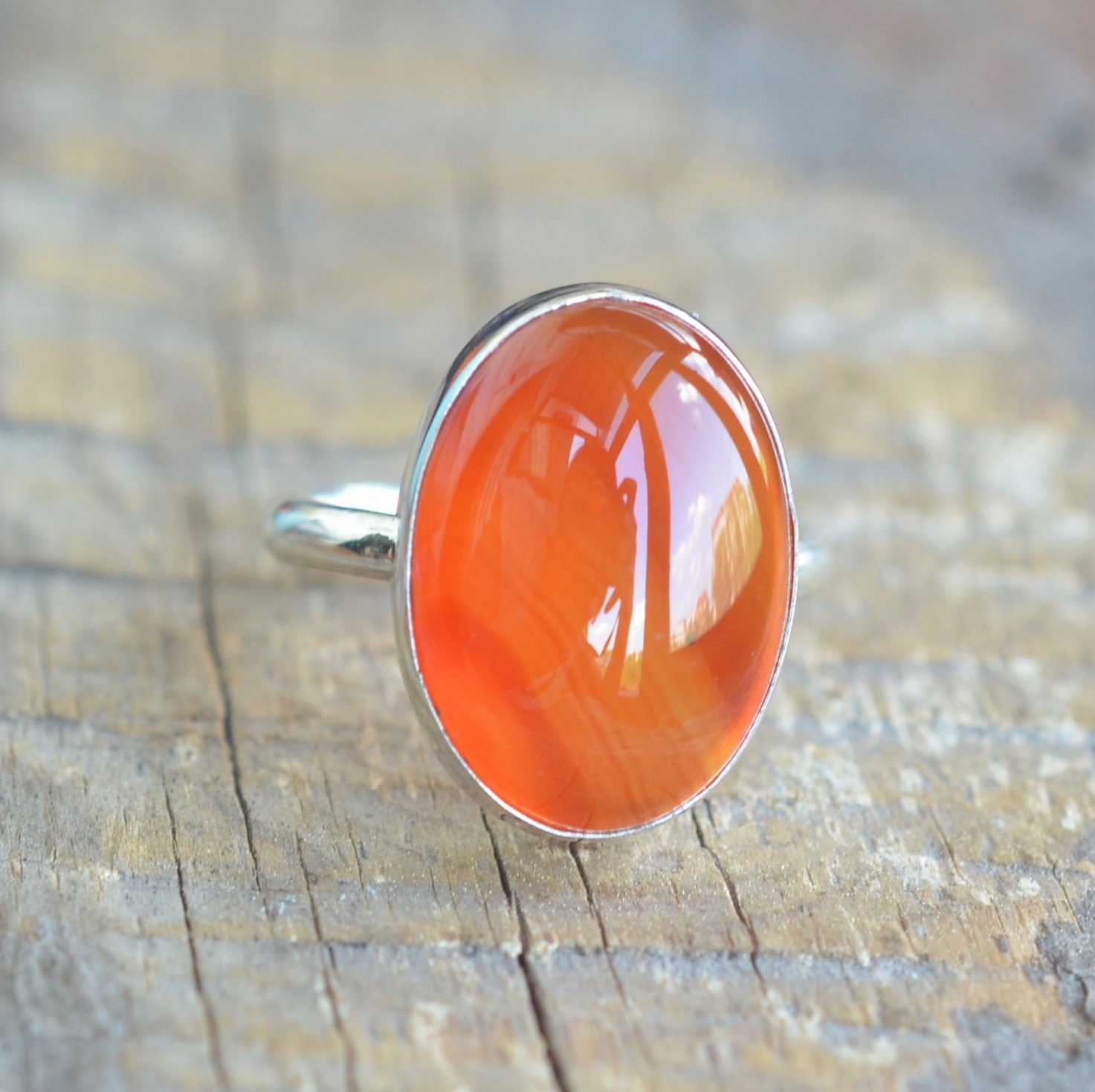
Precious stones according to the alphabet on the letter T, f, x: description, colors, photos
Eye of the Tiger - type of quartz brown tint with golden shade. If you process the stone thermally, it will acquire Red note In his palette.

Topaz - The palette of this stone is diverse. It may include pink, cherry, yellow, blue Options. There are even two -color Topazes.
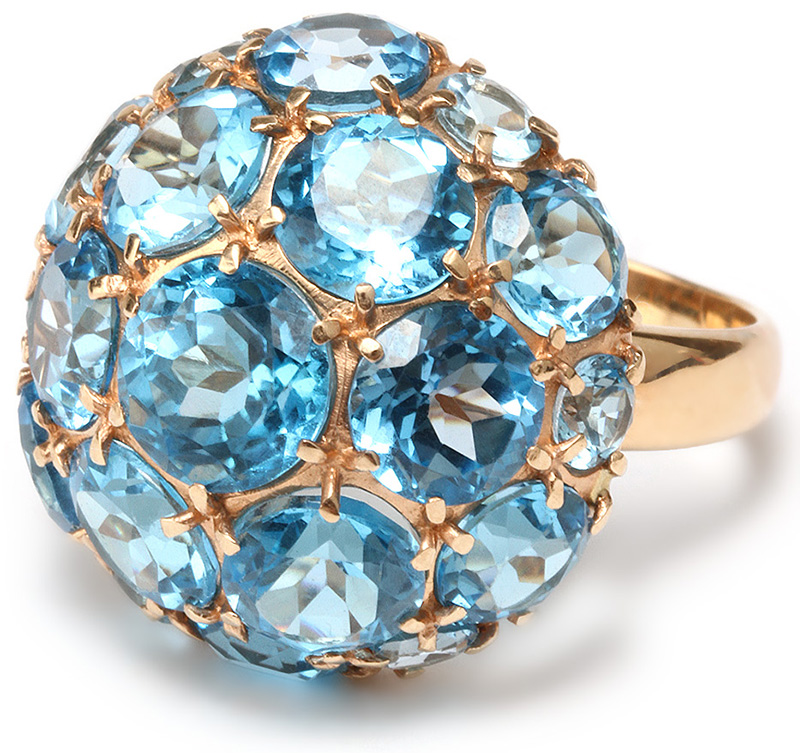
Tourmaline - Basically it happens lilov, pink. Although there are other variations - blue, red, green, for example. Not a rare stone.
Important: high -quality turmaline is easily polished.

Fluorite - A precious stone that pleases with a variety of colors. It can be golden, emerald, pink, purple, turquoise varieties. They can also meet striped Stones.

Halzedon - translucent Stones different colors. Pale tones like dairy, blue. The last option was known to ancient people.
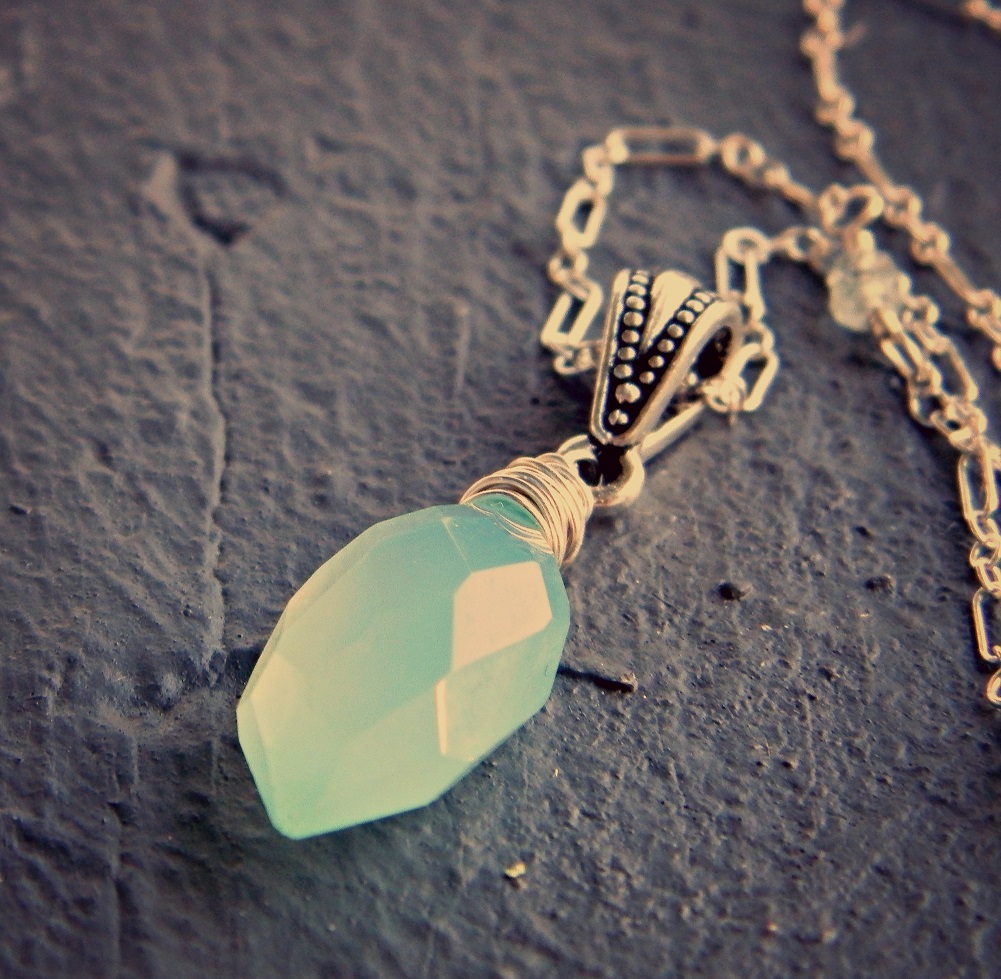
Chrysoberill - Mostly small stone. Large chrysoberillas of saturated coloring are infrequent. Most often this translucent golden, red, brown, purple Stones.
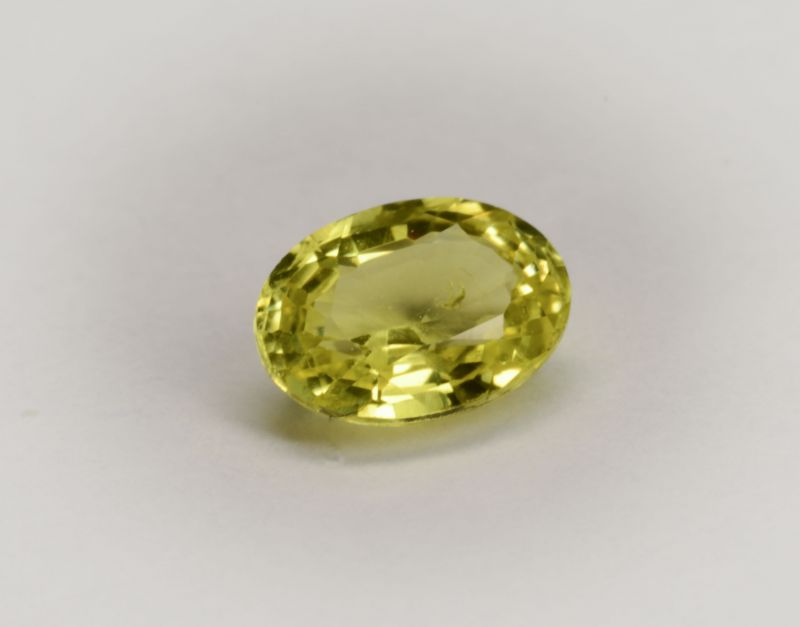
Chrysolite - translates as "gold". What hints at the palette of stone. Mostly he transparent.
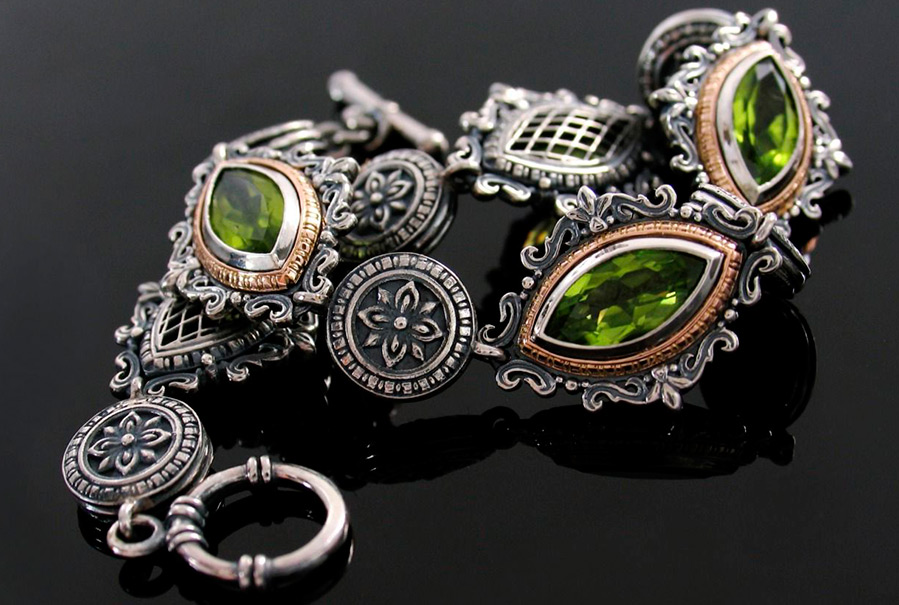
Chrysoprase - A symbol of success, which was believed to be worn Friedrich the Great, Alexander Macedonian. Mostly stone greenish with some castings.
Important: due to frequent stay in the world, Chrysoprase can become more pale.
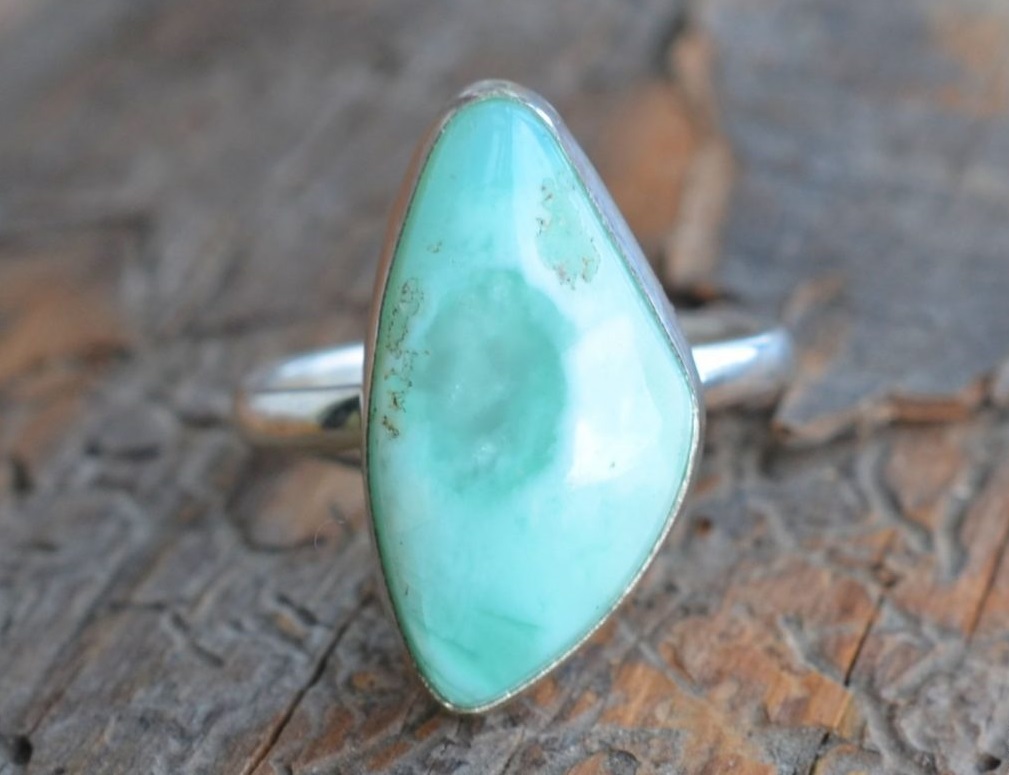
Precious stones according to the alphabet on the letter C, h, w, me: description, colors, photos
Citrine - translated from Latin means "citric". This is a reference to the stone palette. If he is subjected to heat treatment, he can purchase red shade. Non -processed natural stones Pale.
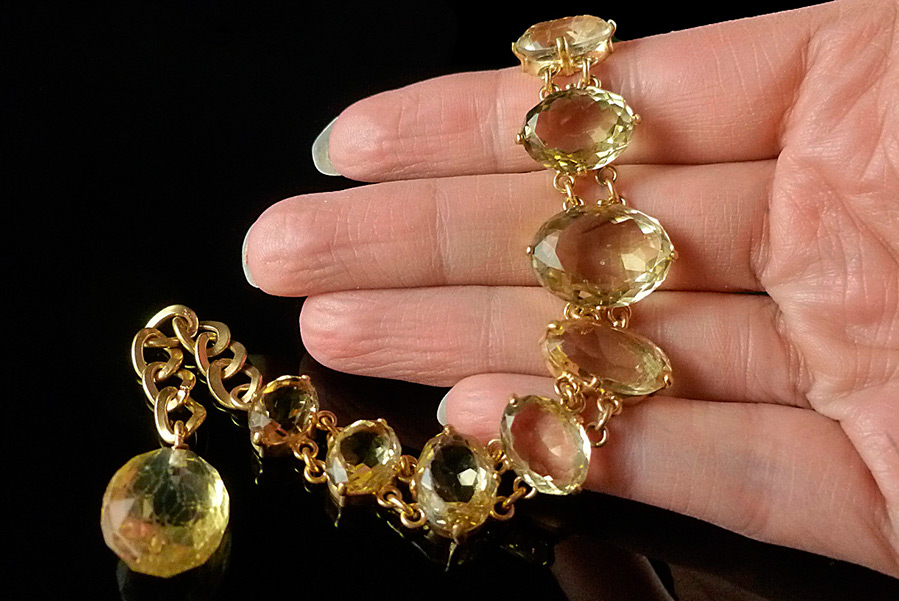
Circus - means "Golden Cross." However, you can most often find other shades. Also known greenish and blue, as well as transparent and black.

Charoite - unique in the sense that so far it has been discovered exclusively on Russian territory. Basically, gamma covers tones from lilac to purple. There are also Multi -colored veins.
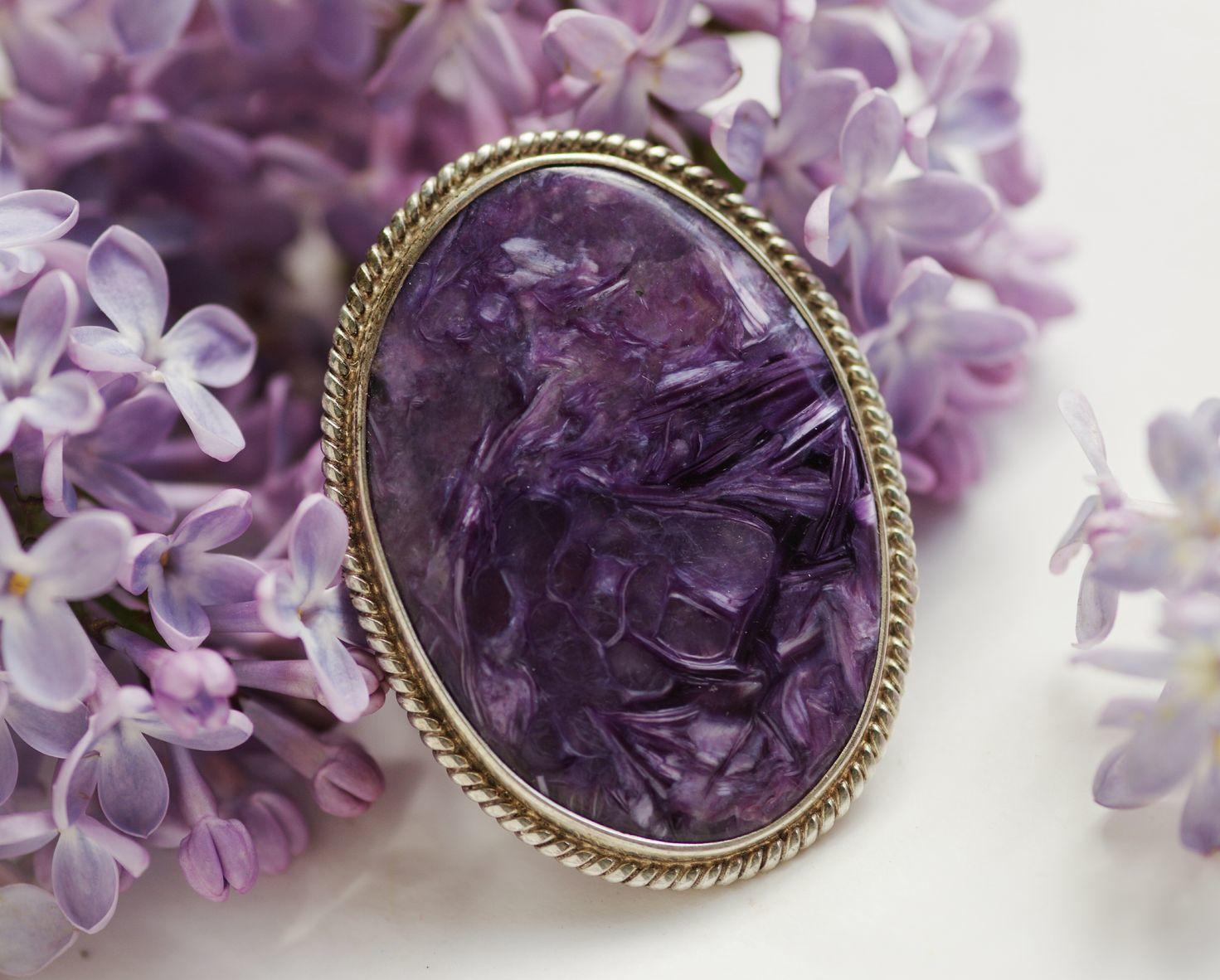
Spinel - In shade, he is very similar to ruby. Nevertheless, this is a completely independent precious stone. Jewelers are especially fond of red and blue Options.
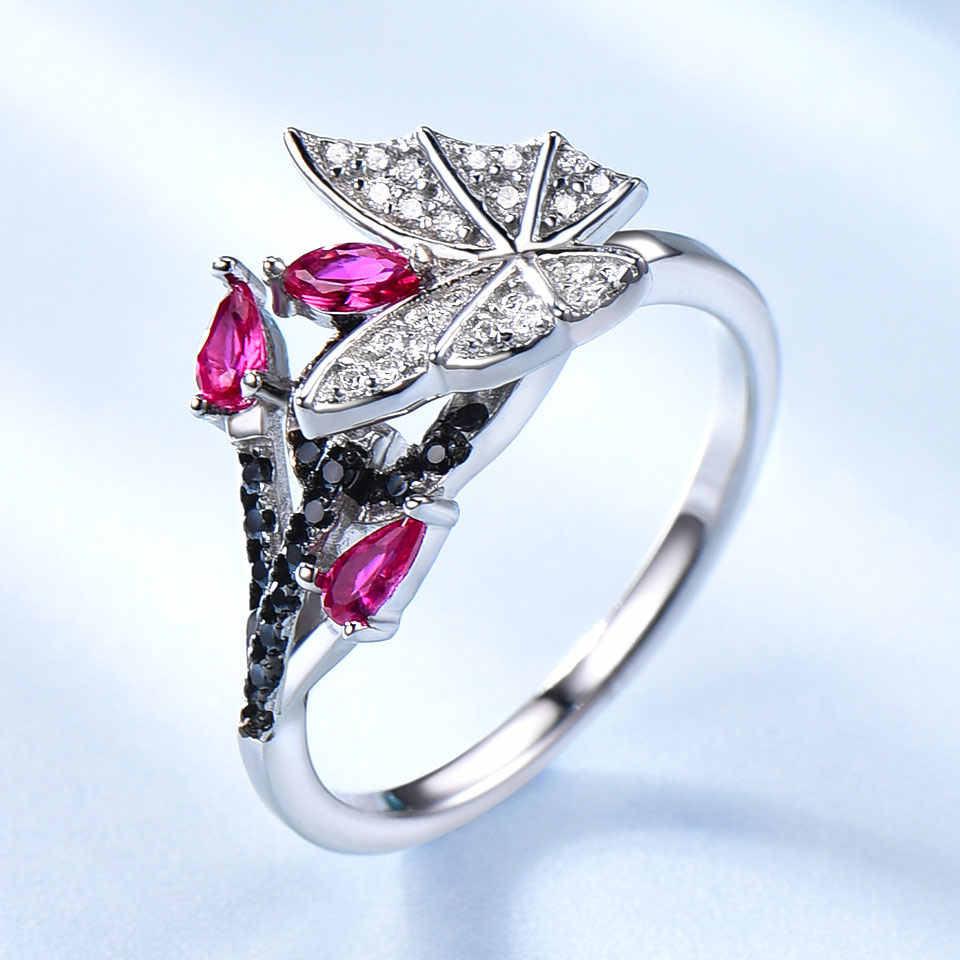
Amber - One of the oldest jewelry. For a long time its origin was shrouded in a secret. In fact, amber - The petrified ancient resin. The palette is diverse - from white to saturated yellow. There are red and black notes.

Jasper - extremely common gem. Earlier, the real jasper was considered exclusively green stones. But now the jewelers have expanded their permissible palette.
Important: now black, blue, red, white pebbles are considered normal.
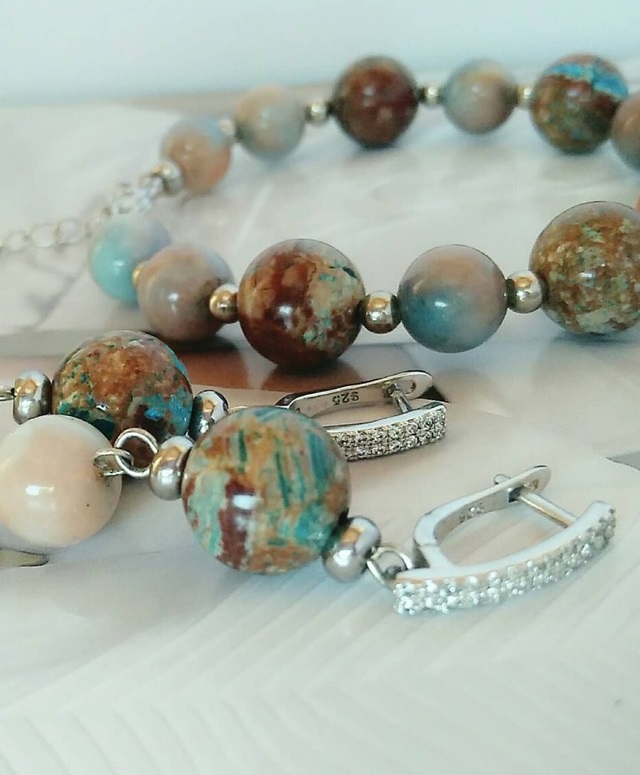
We hope that with our help you have learned to better understand precious stones. And now, admiring the game of light of a particular stone, you will know what it is called.
Video: Classification of jewelry stones

